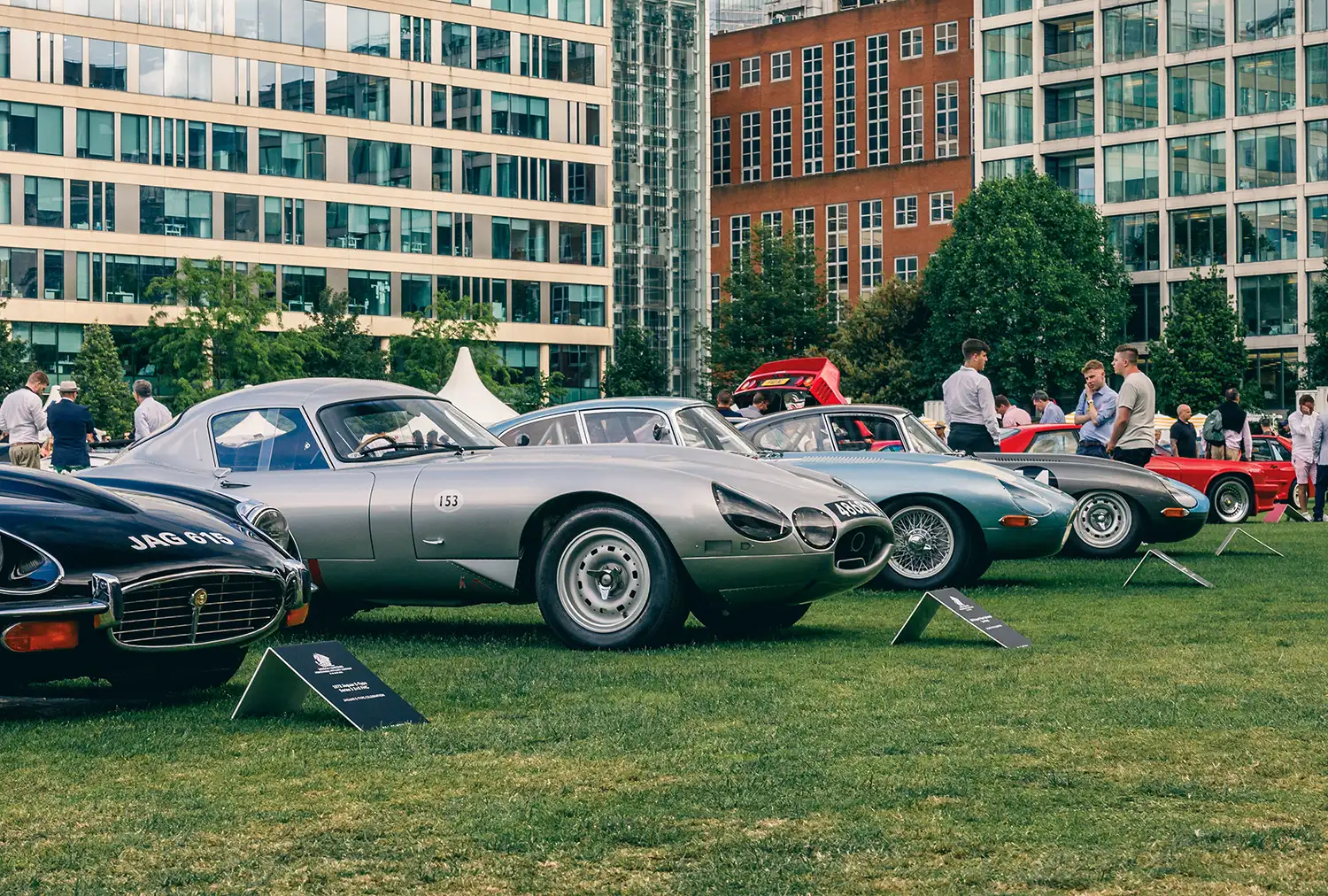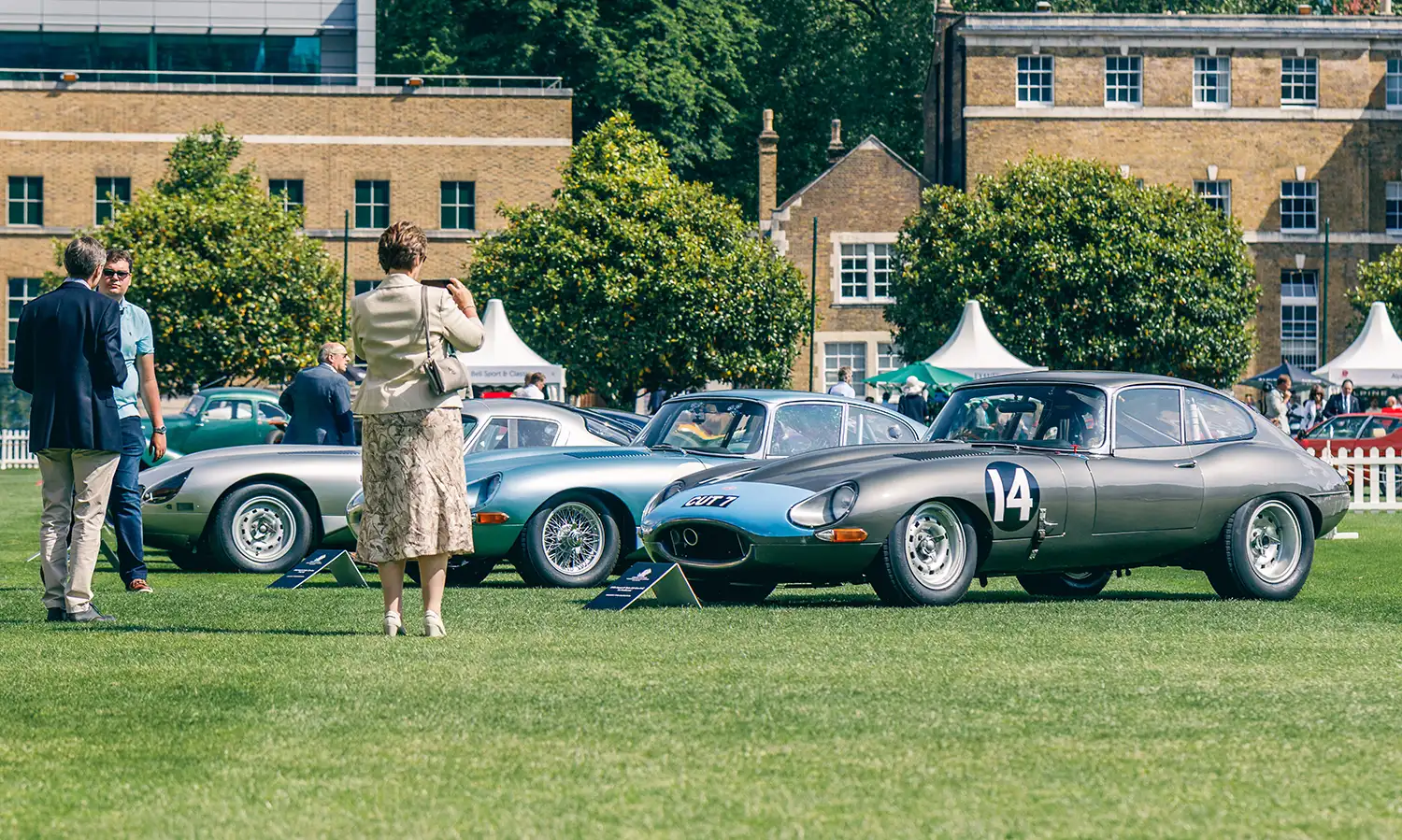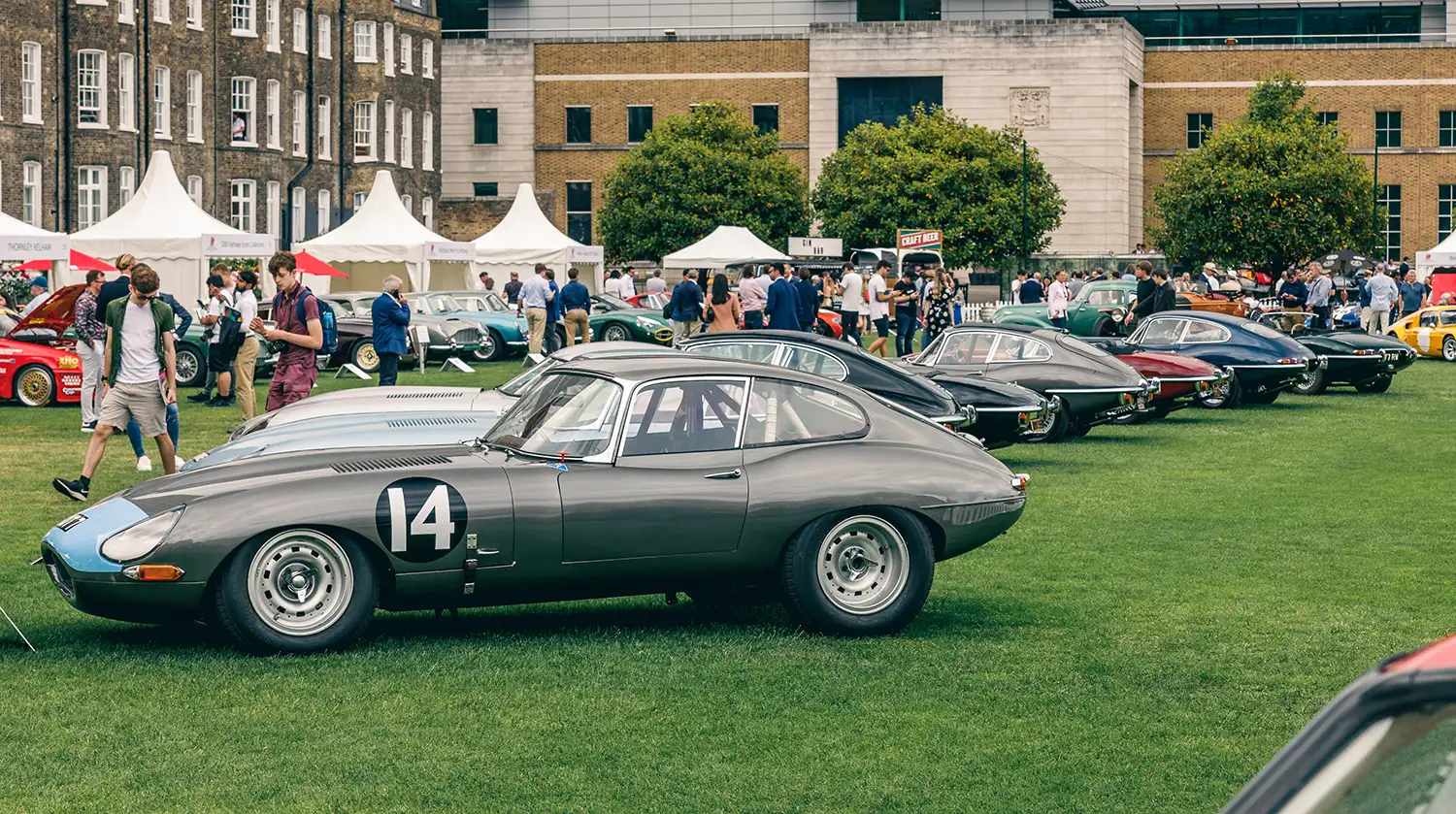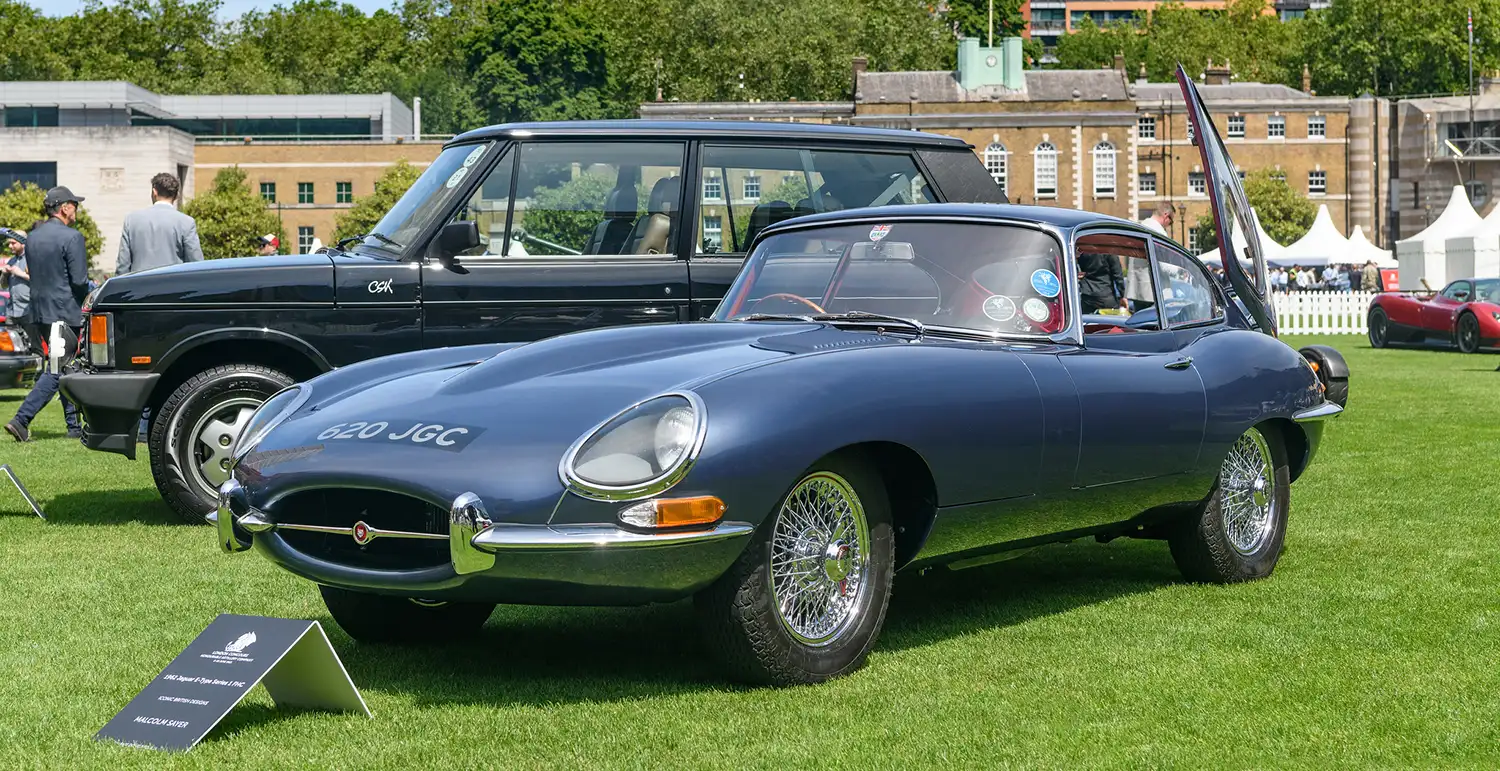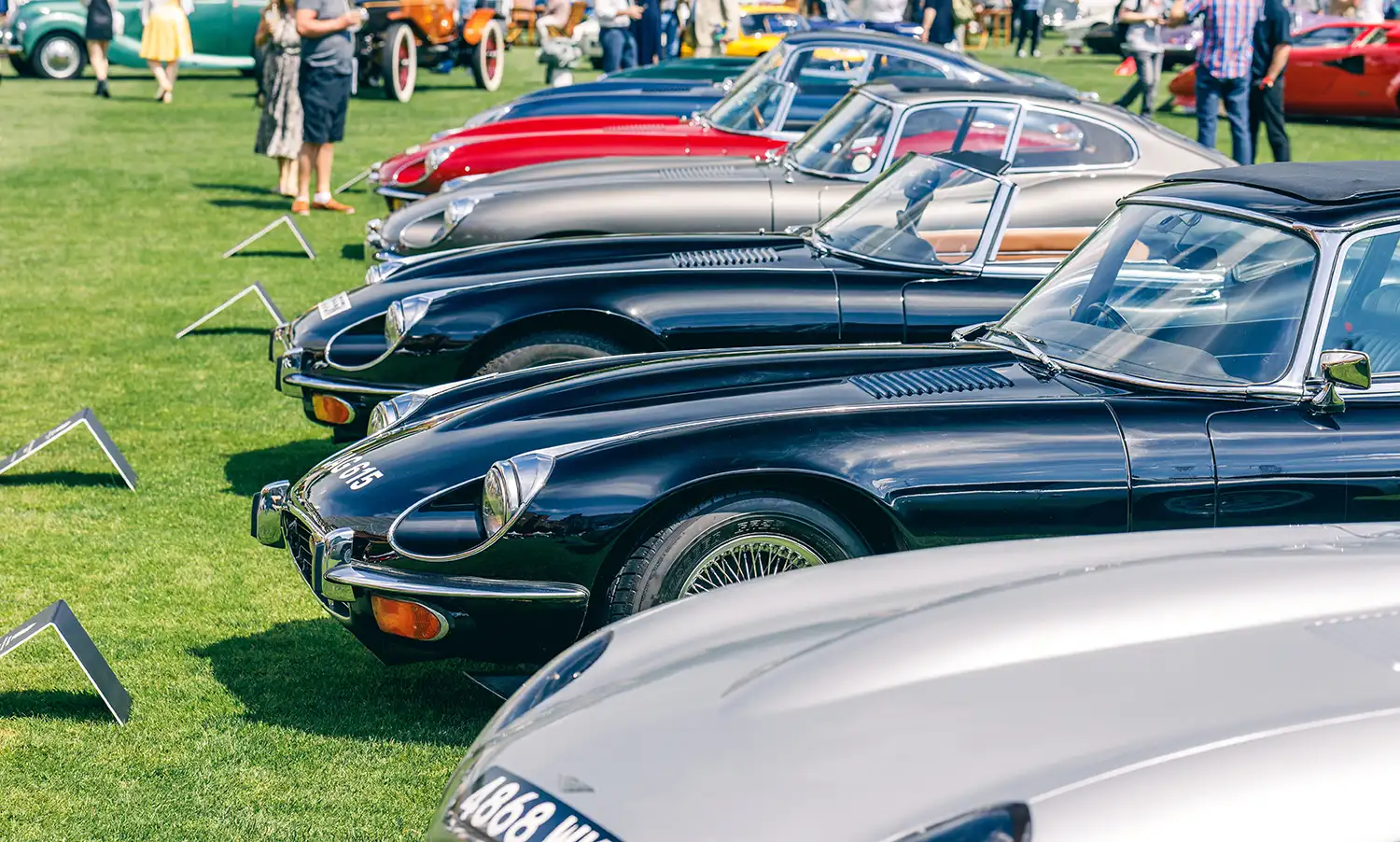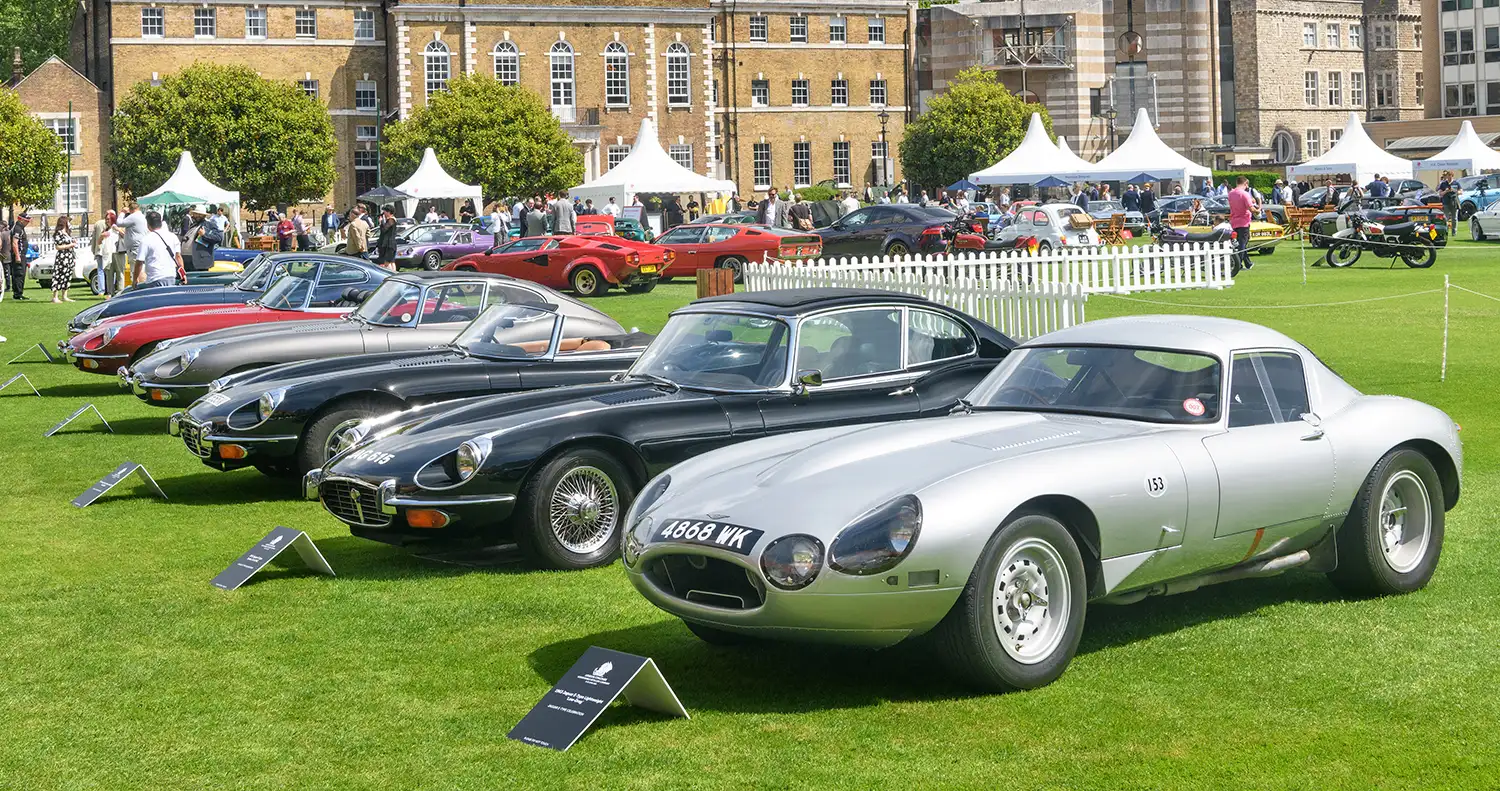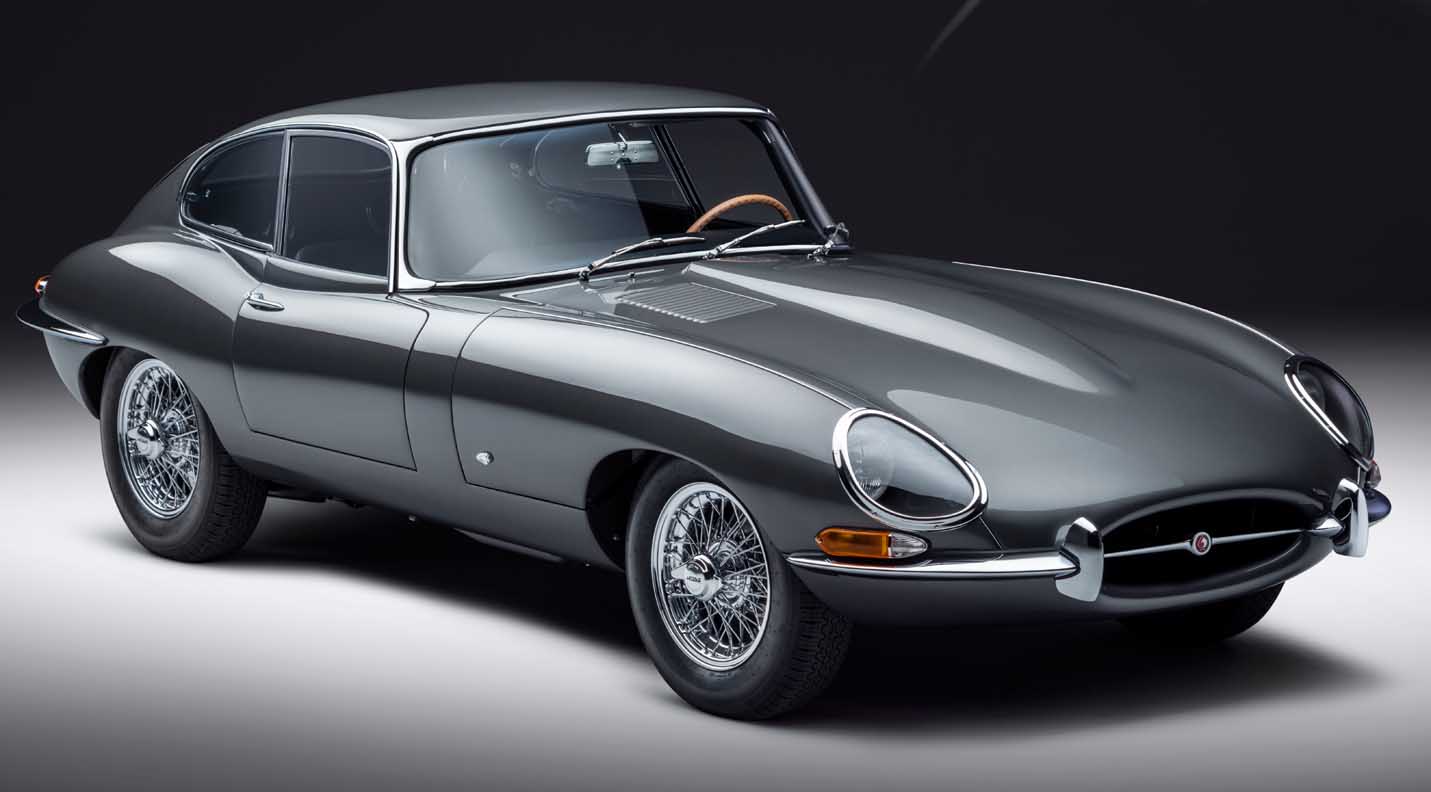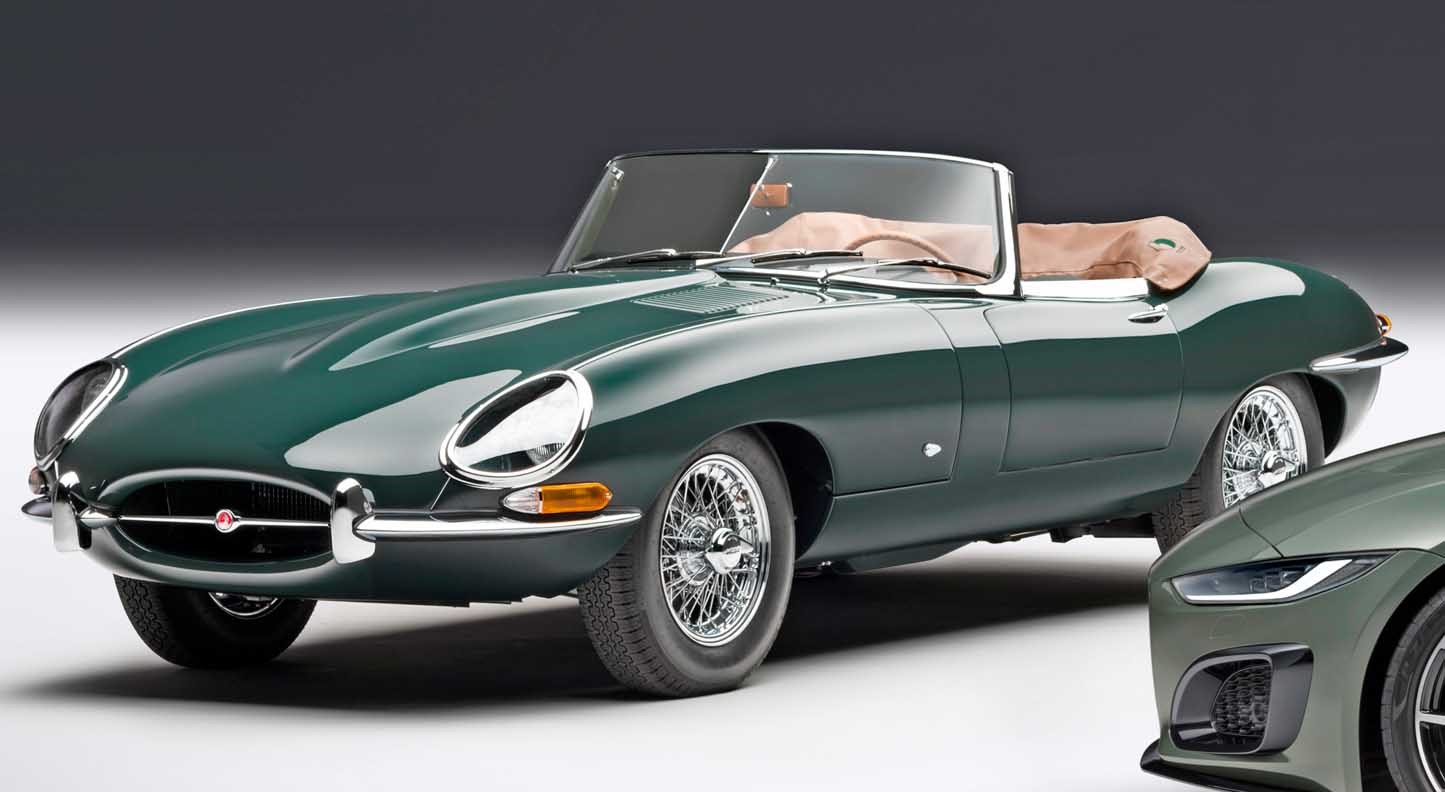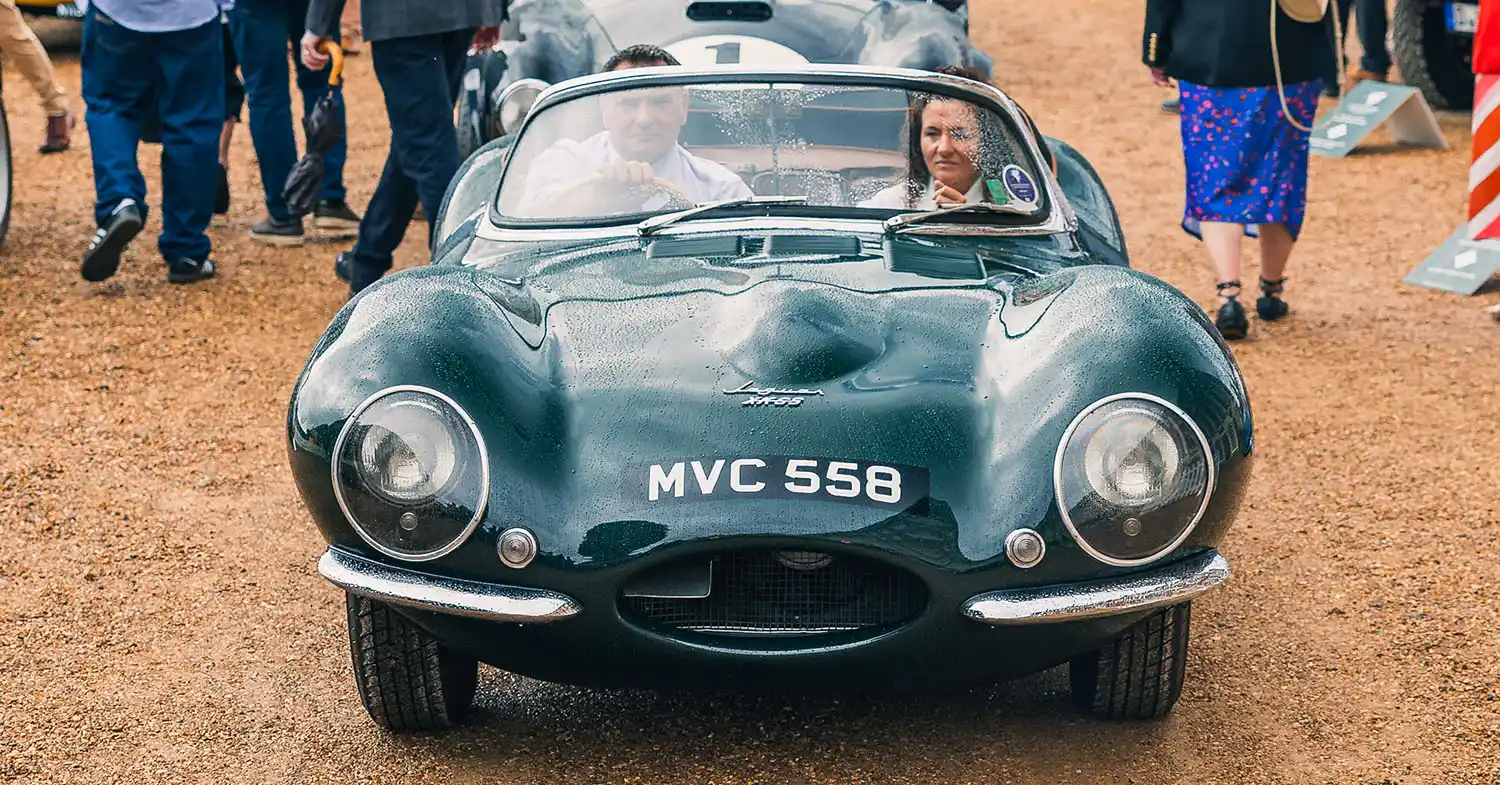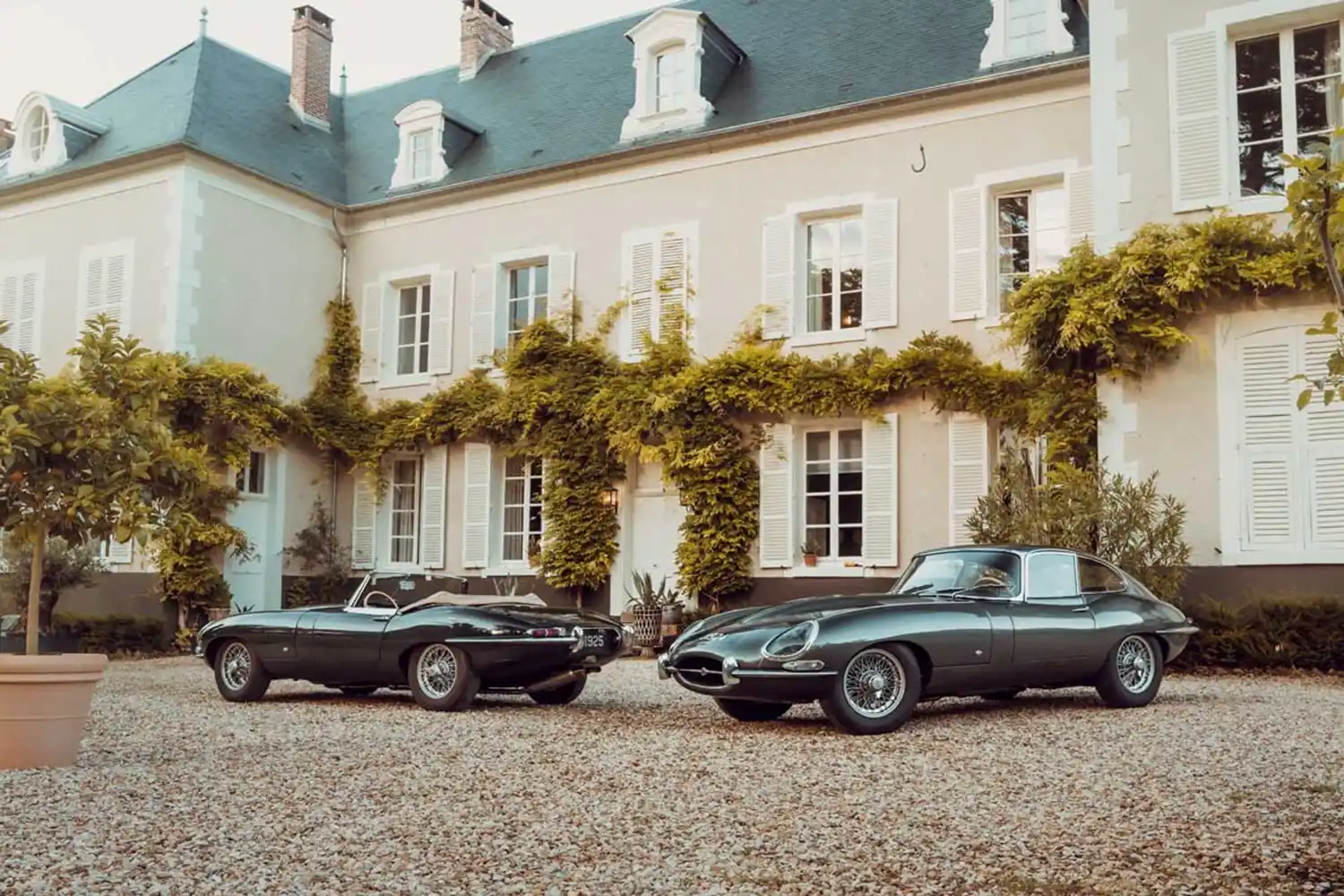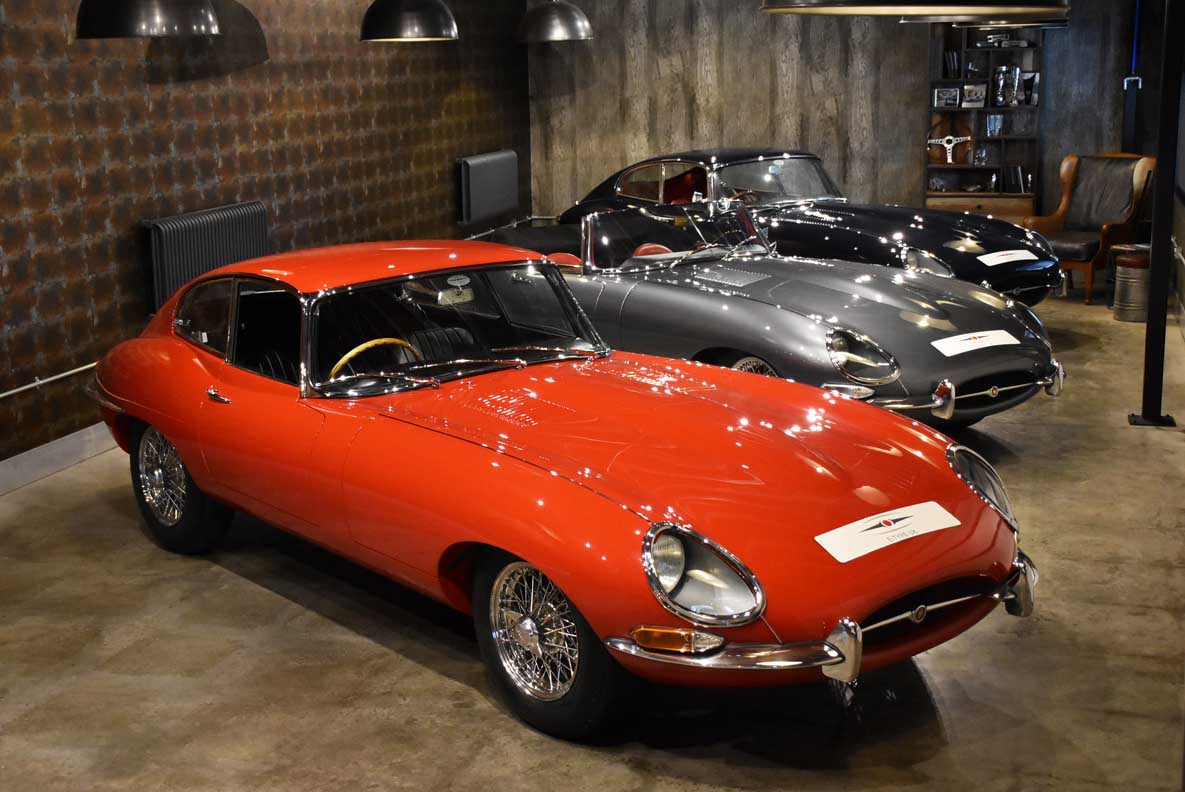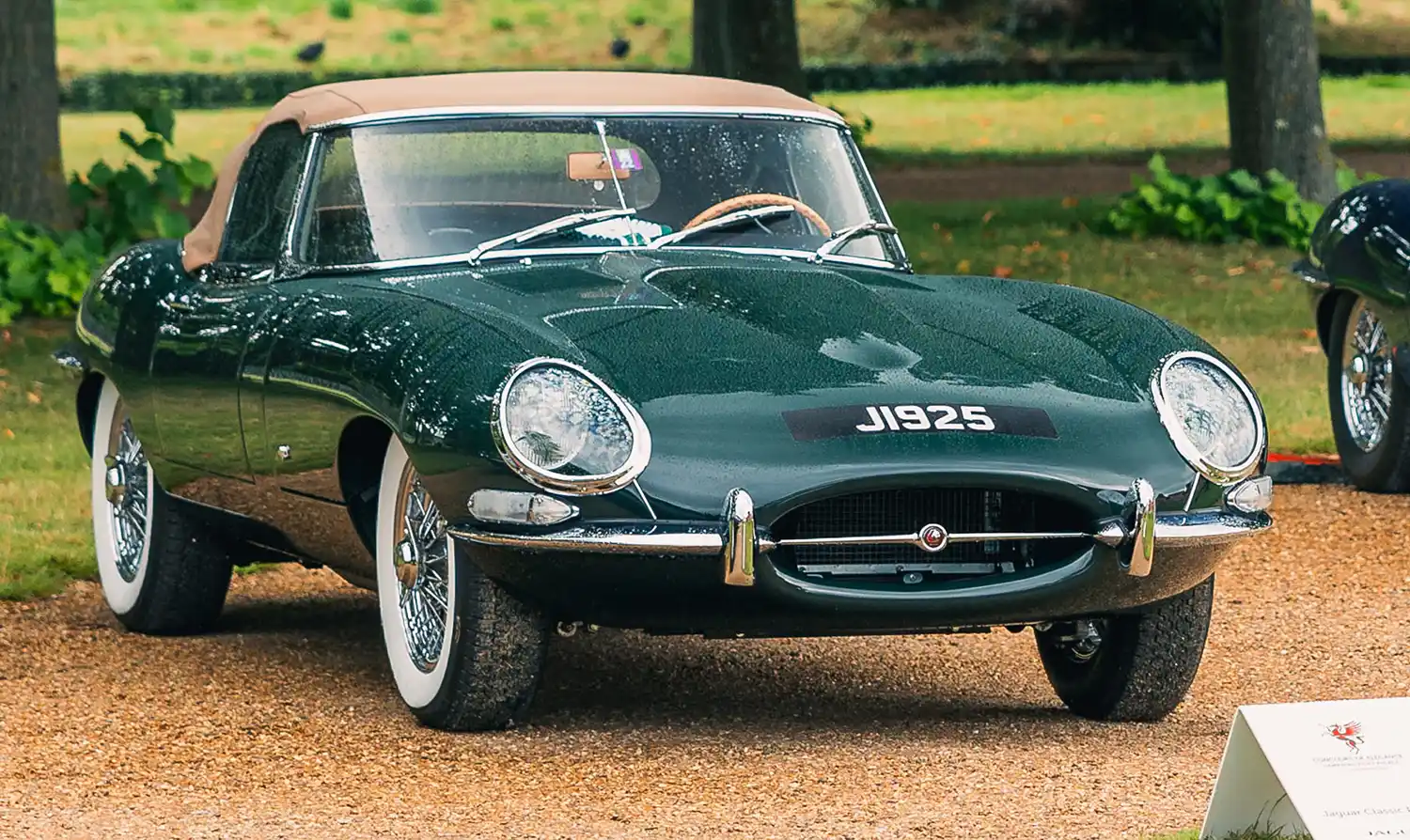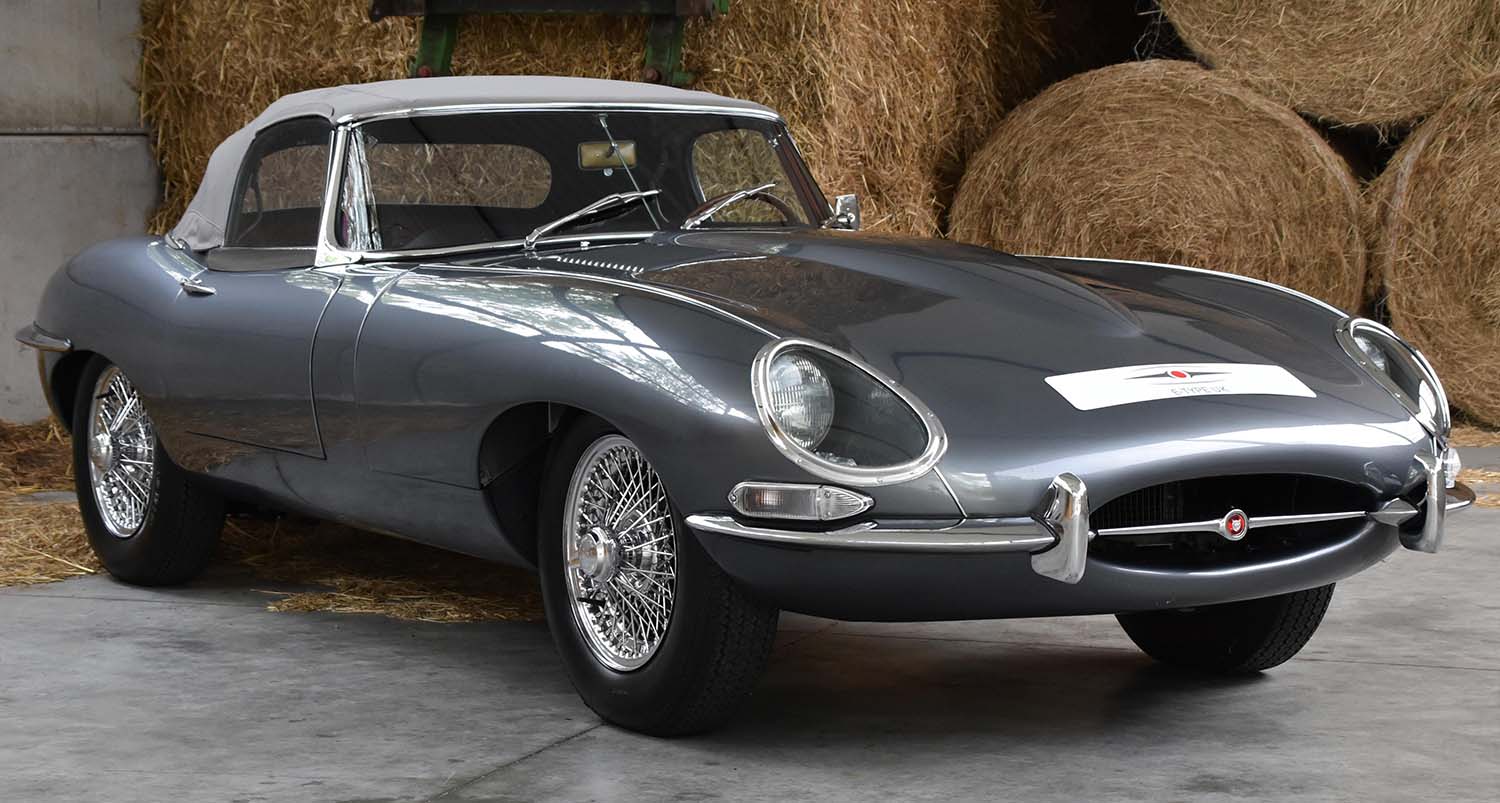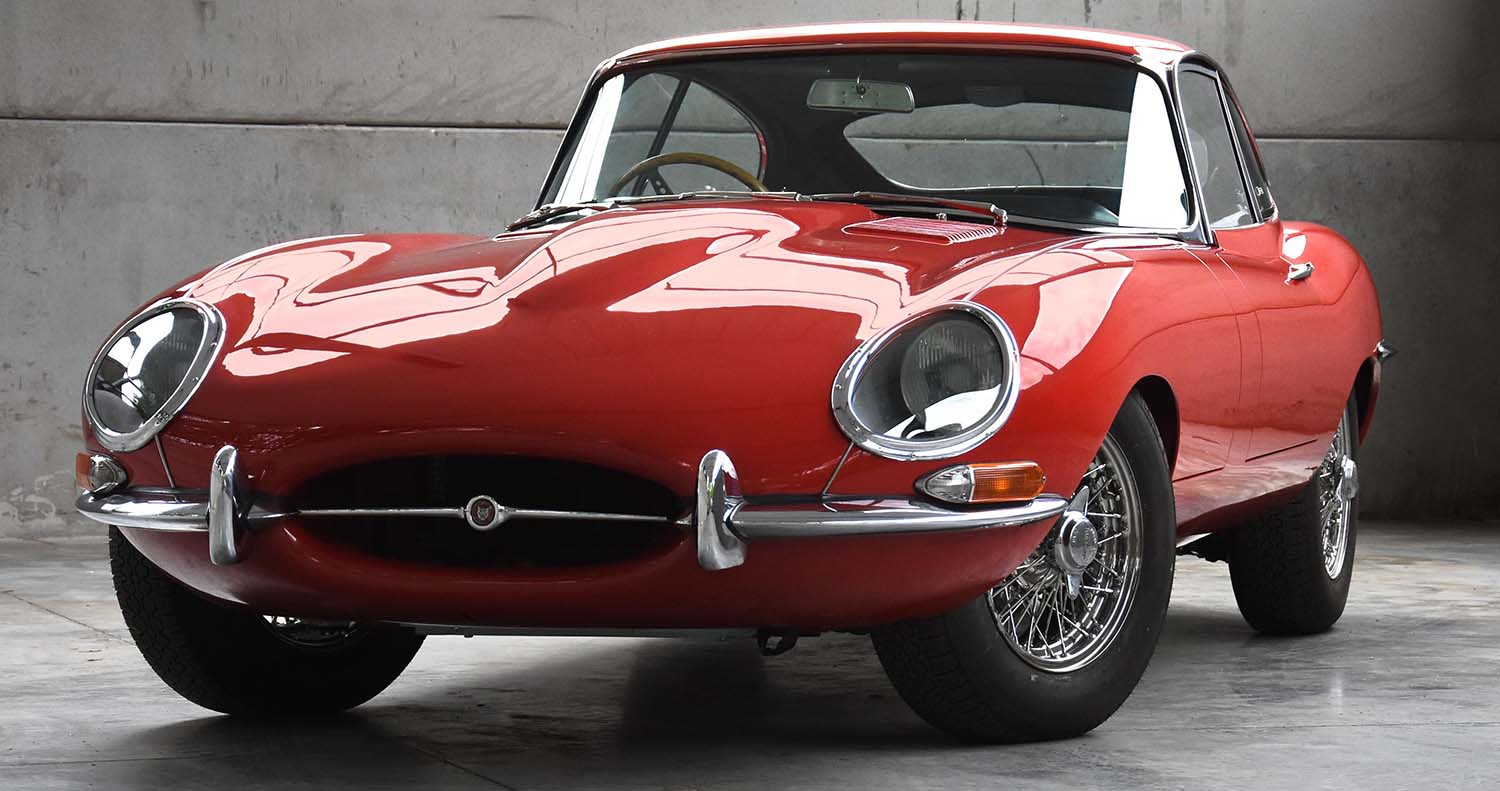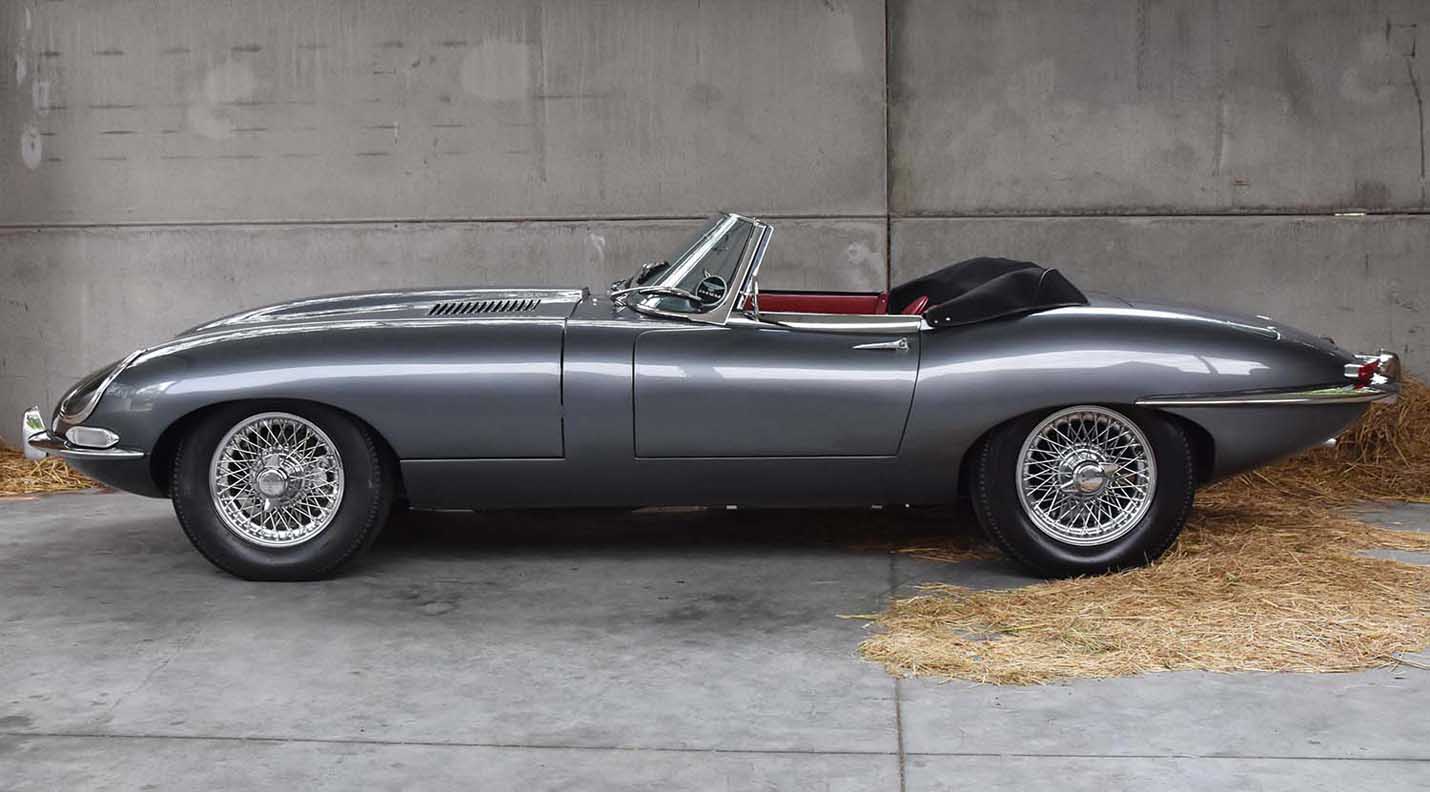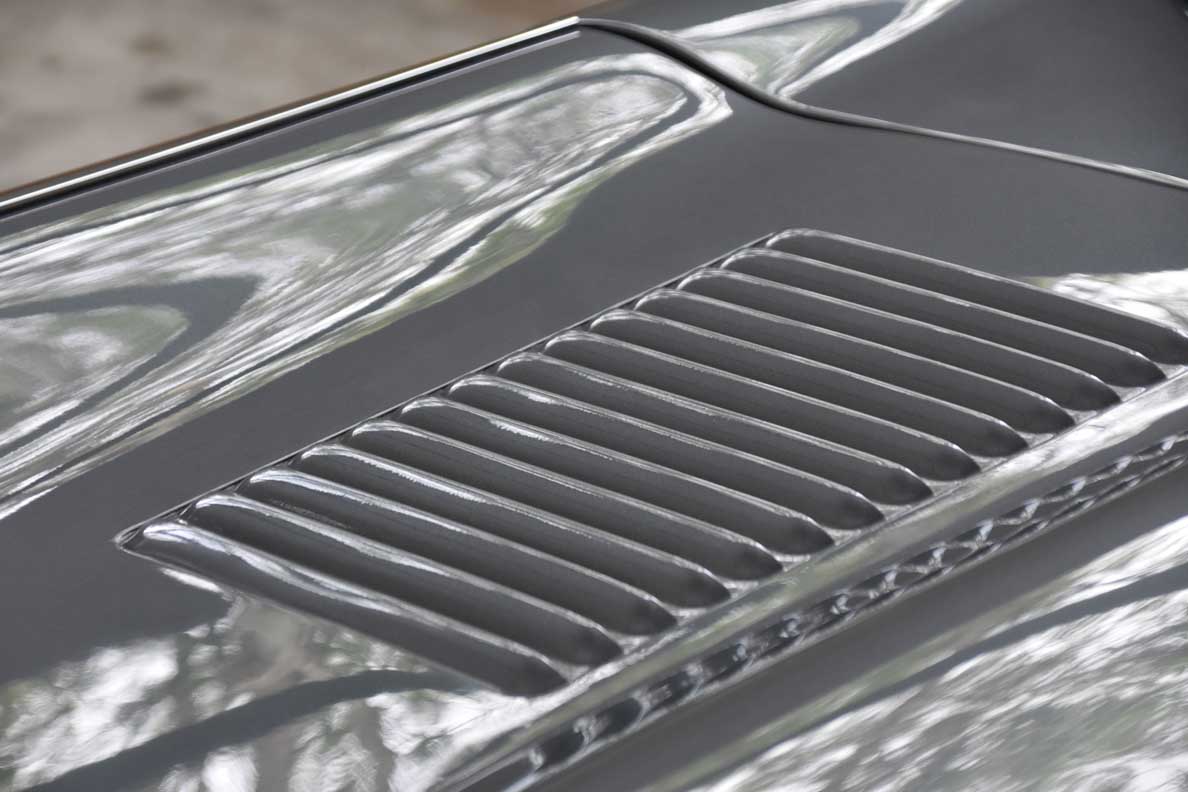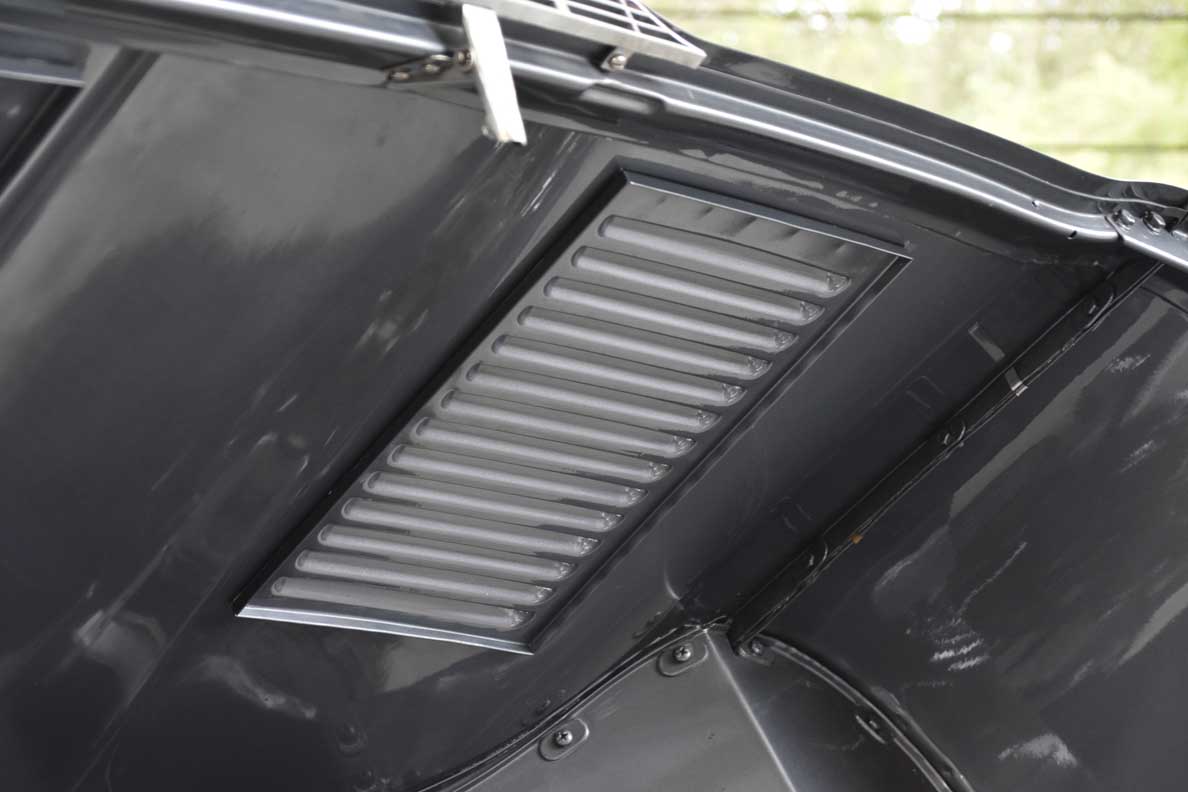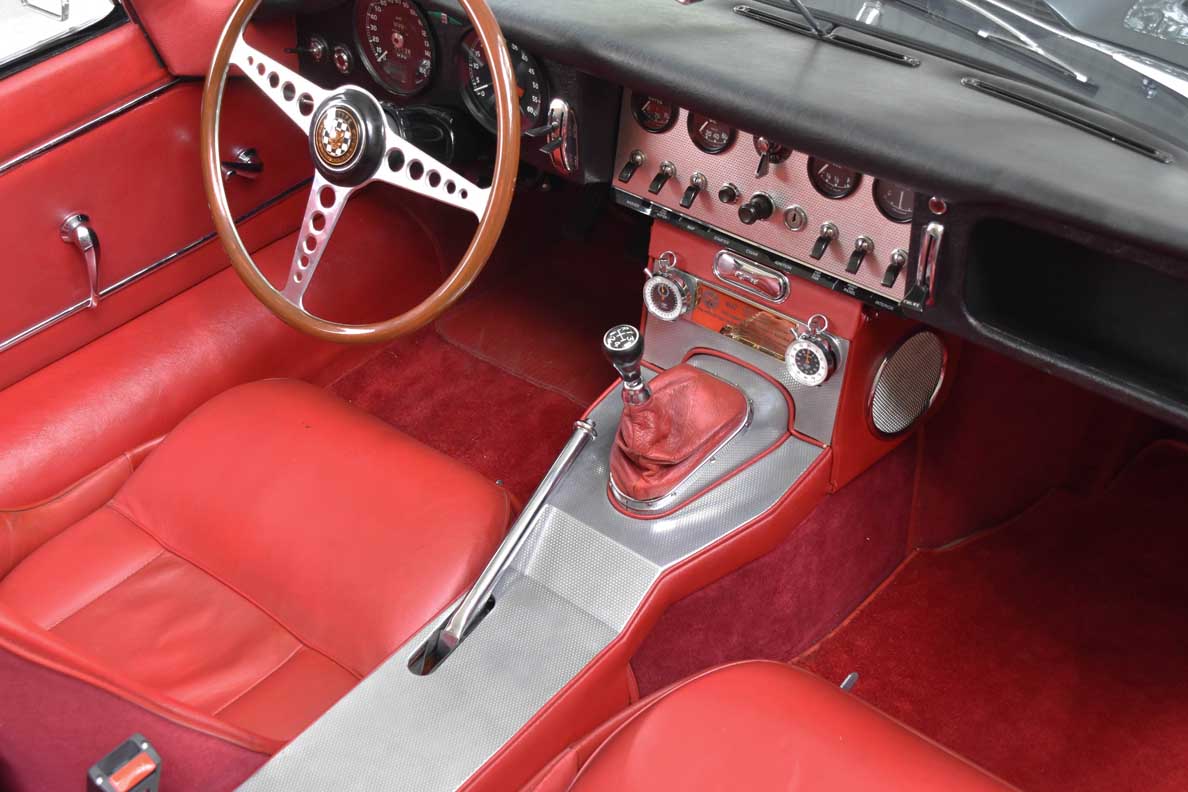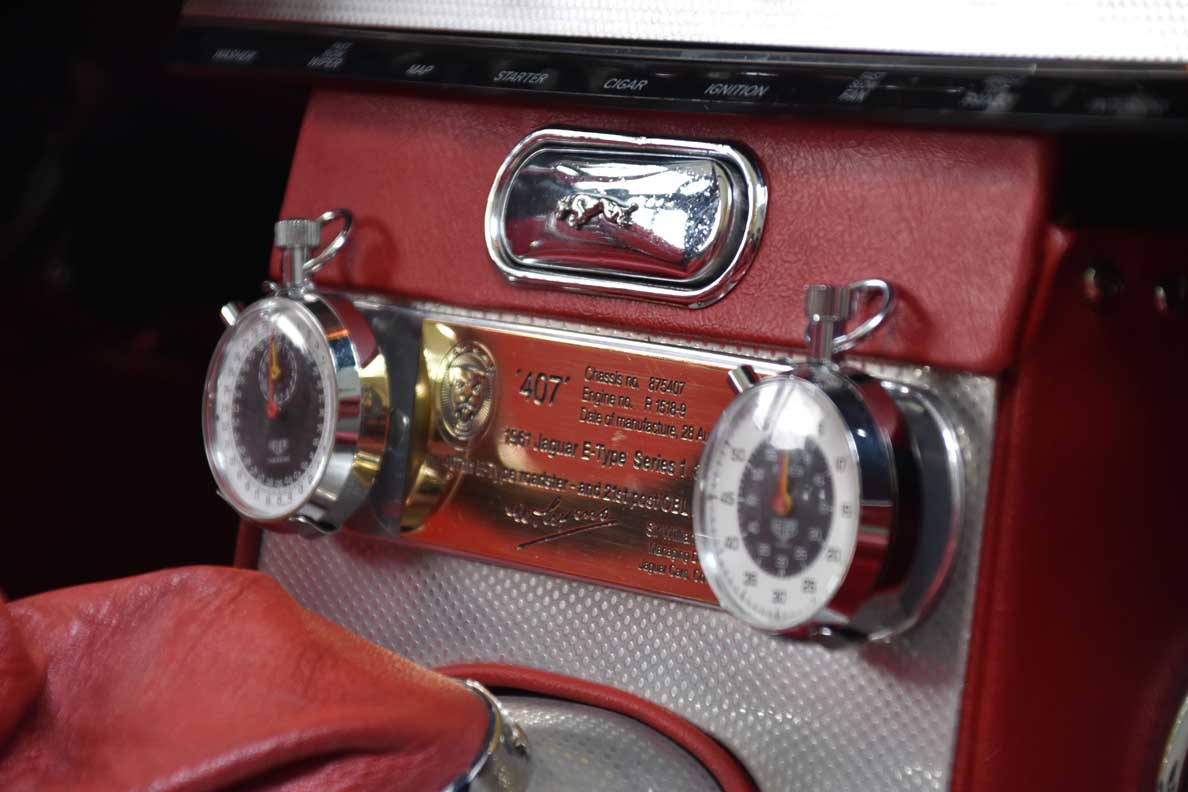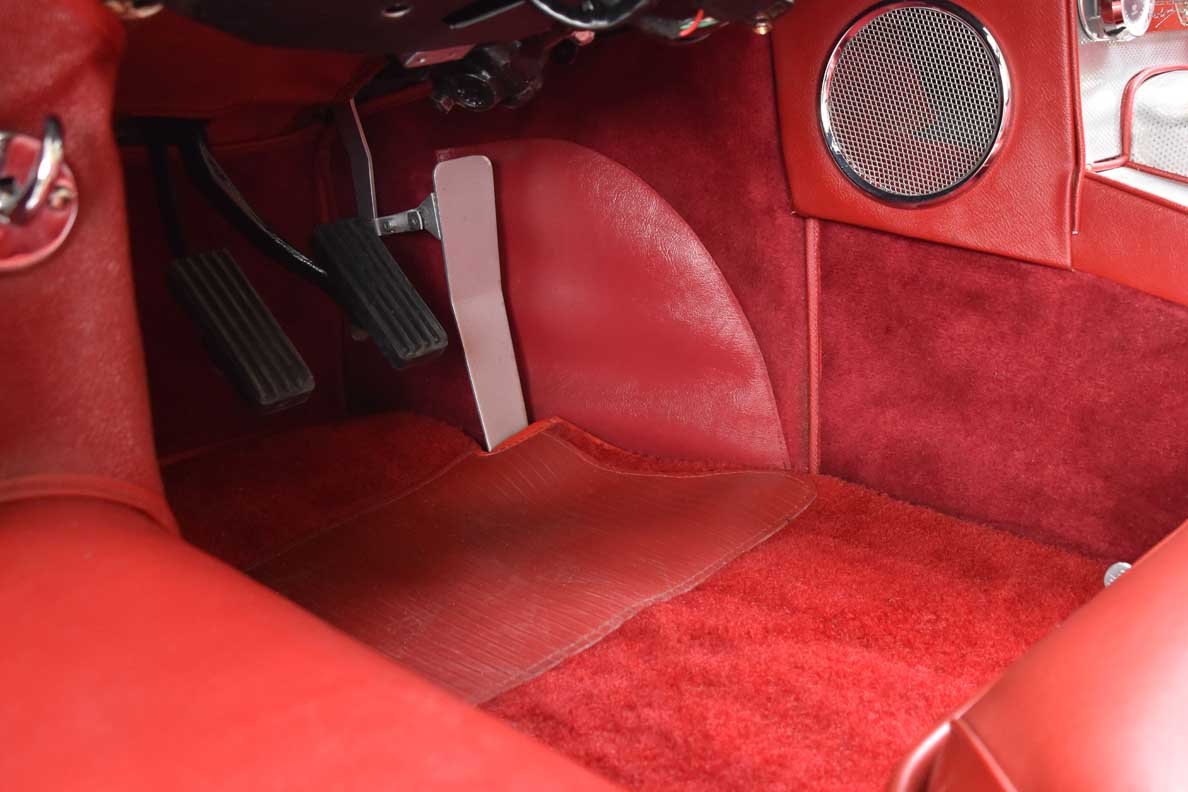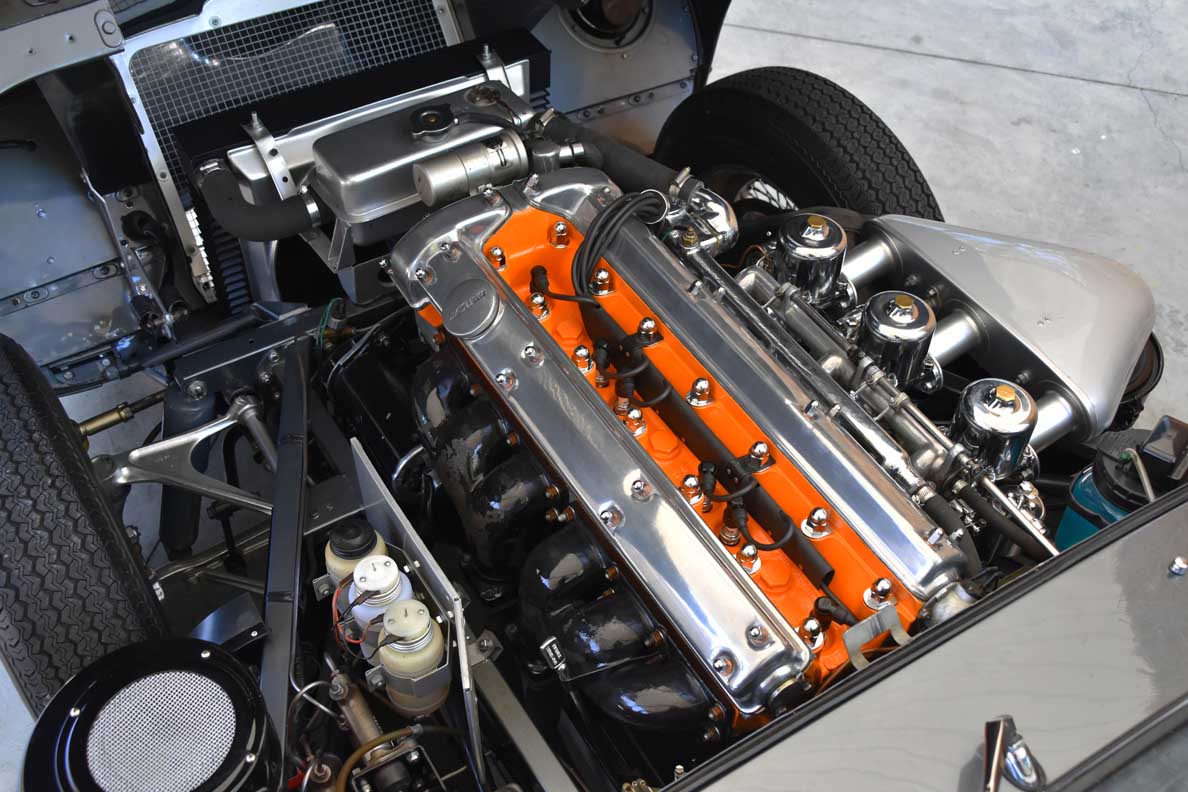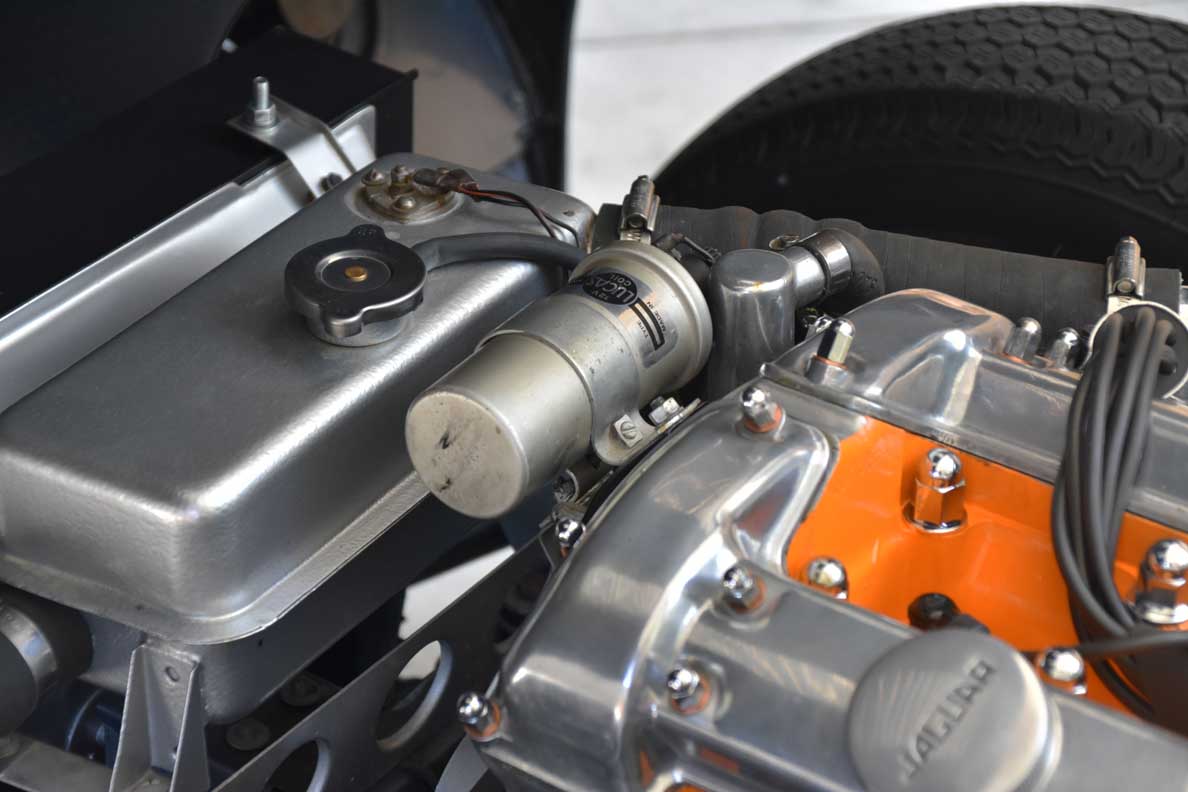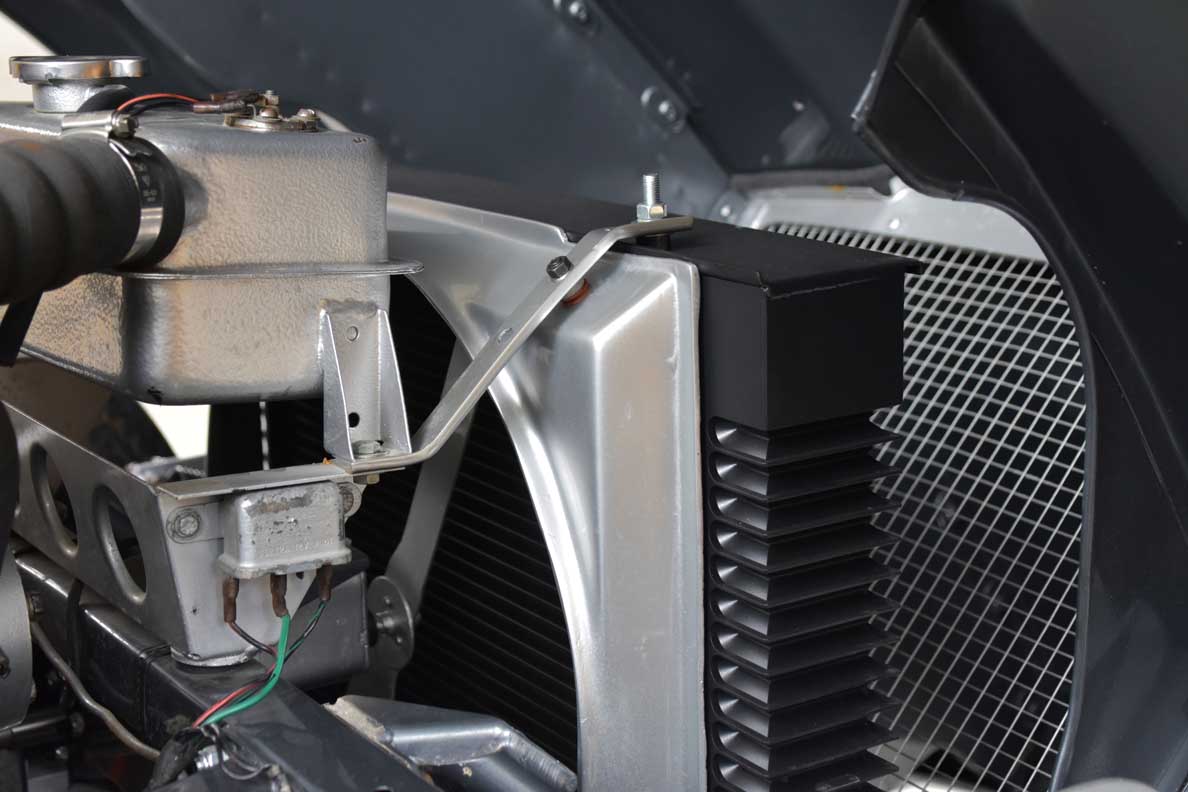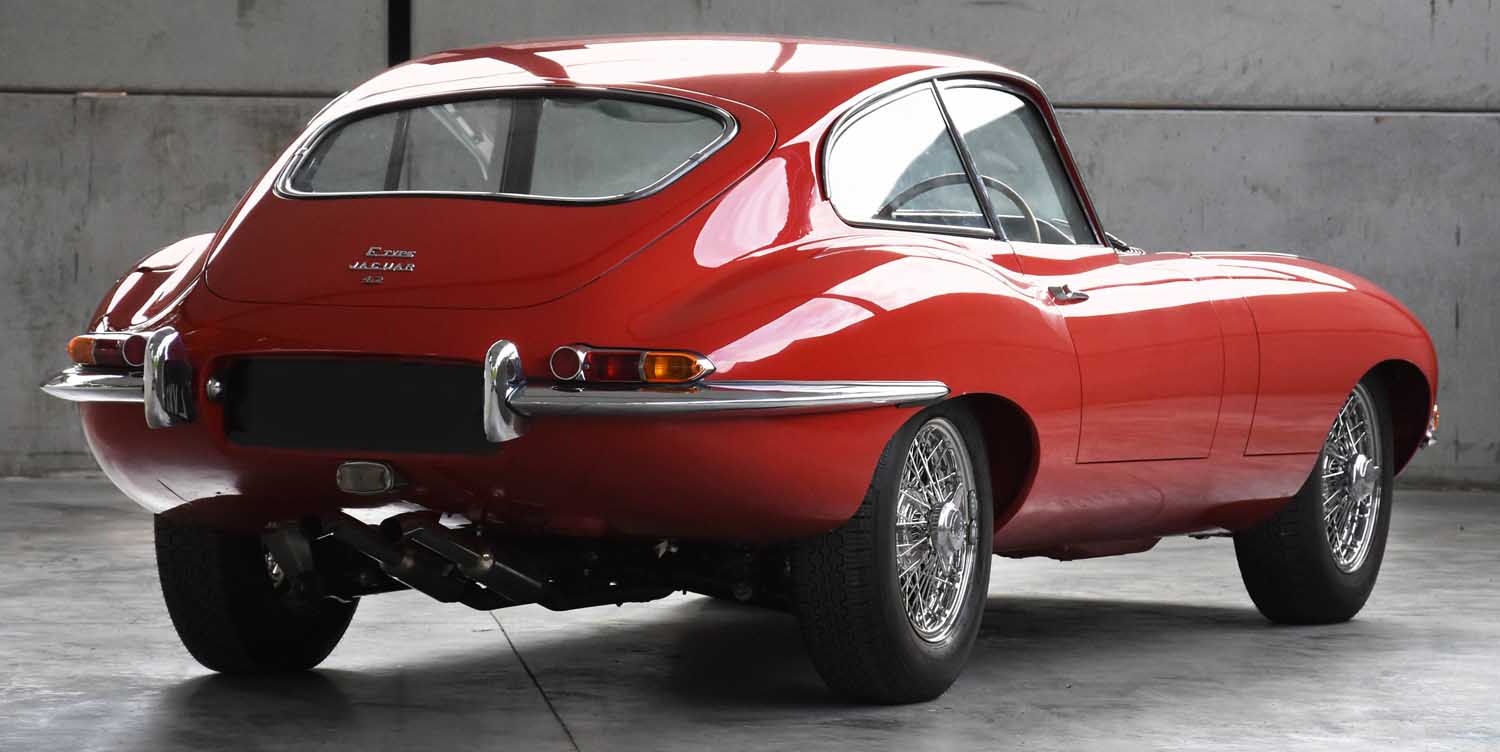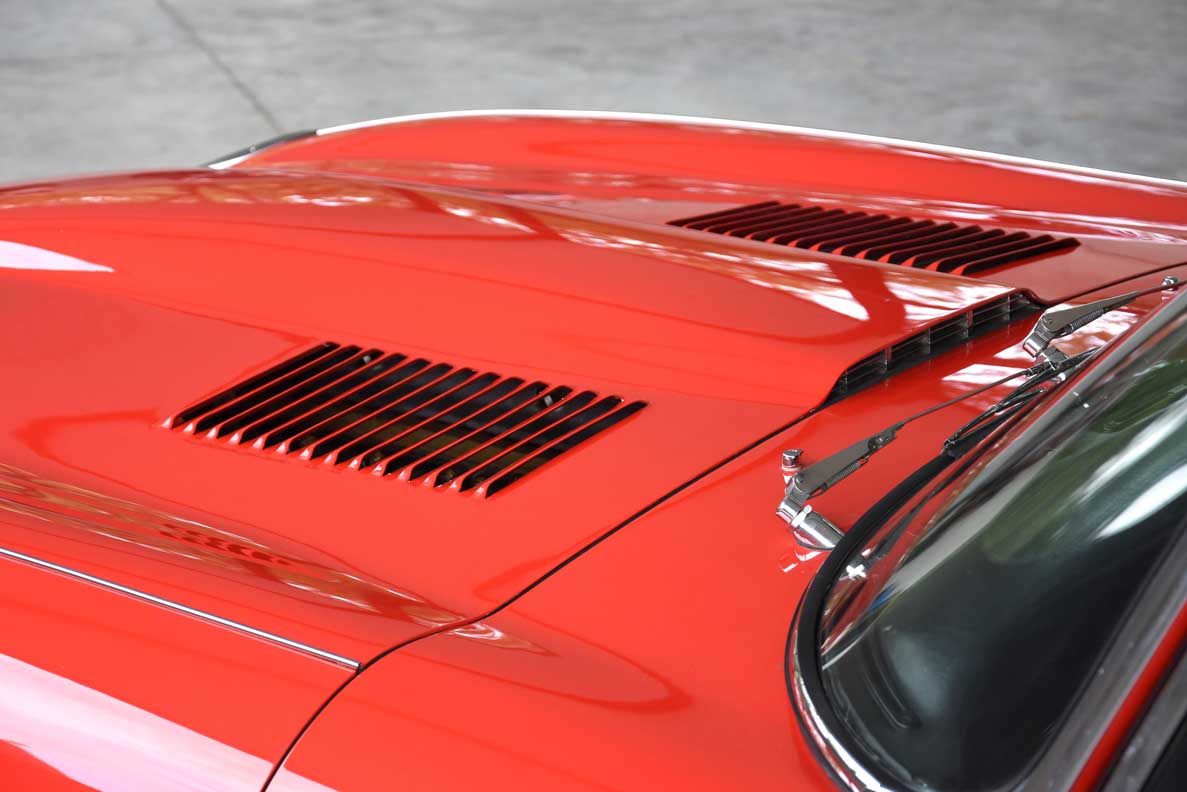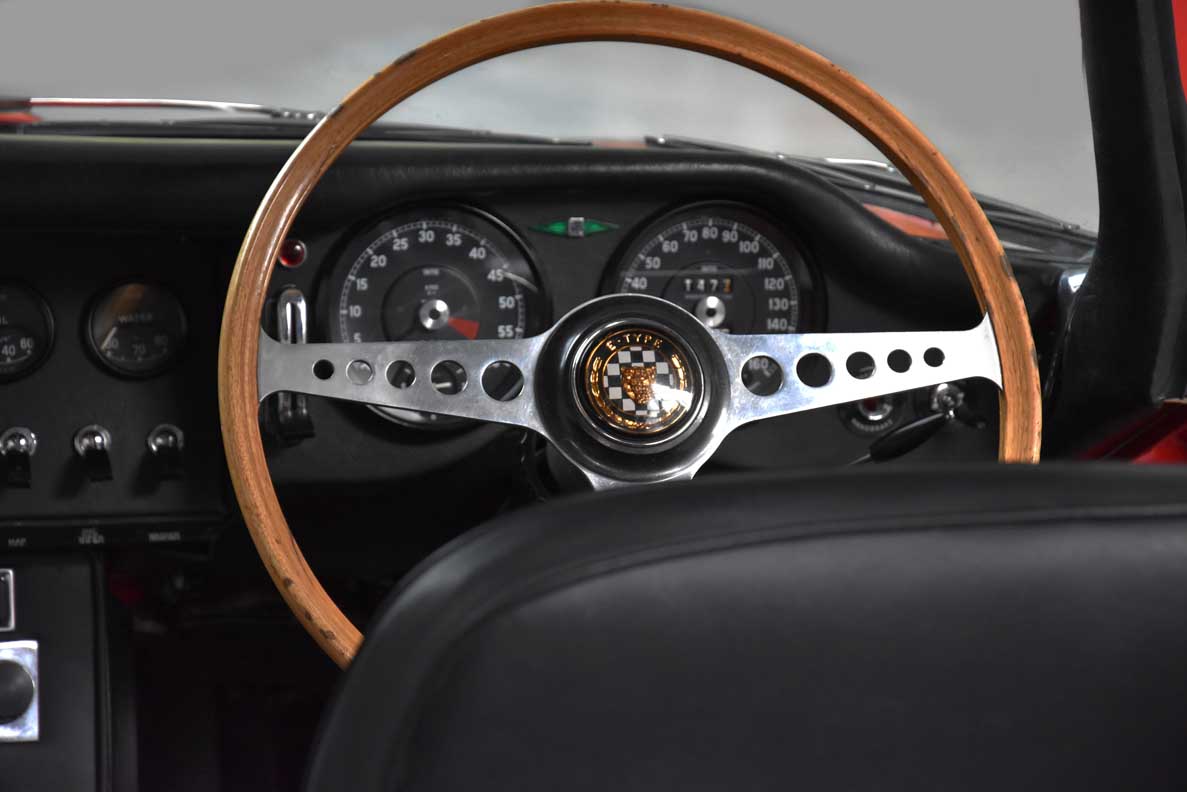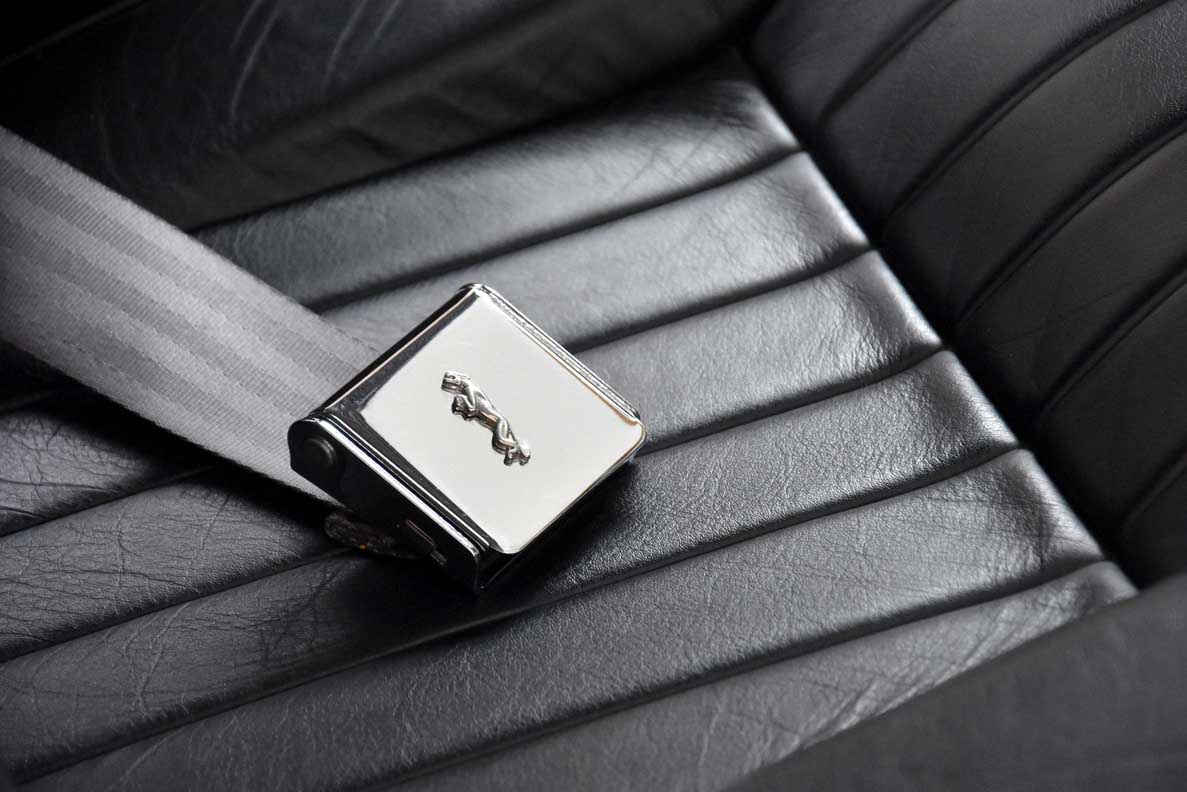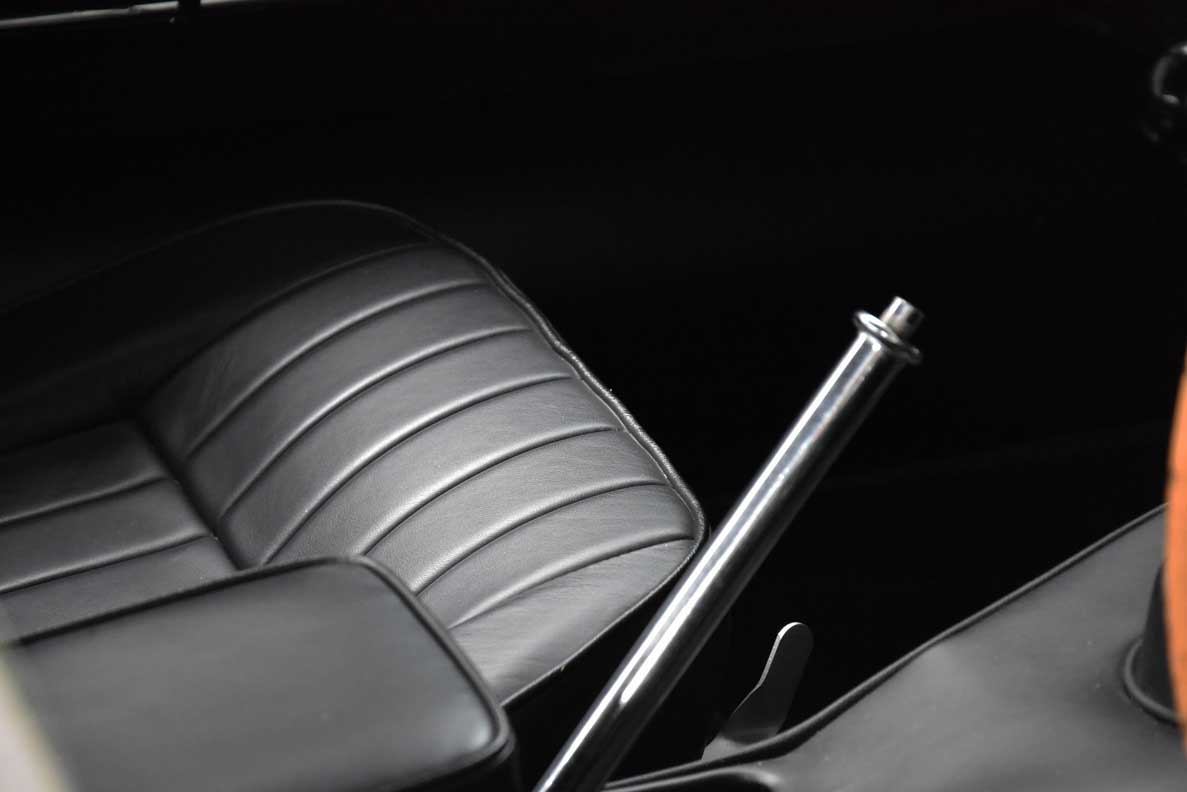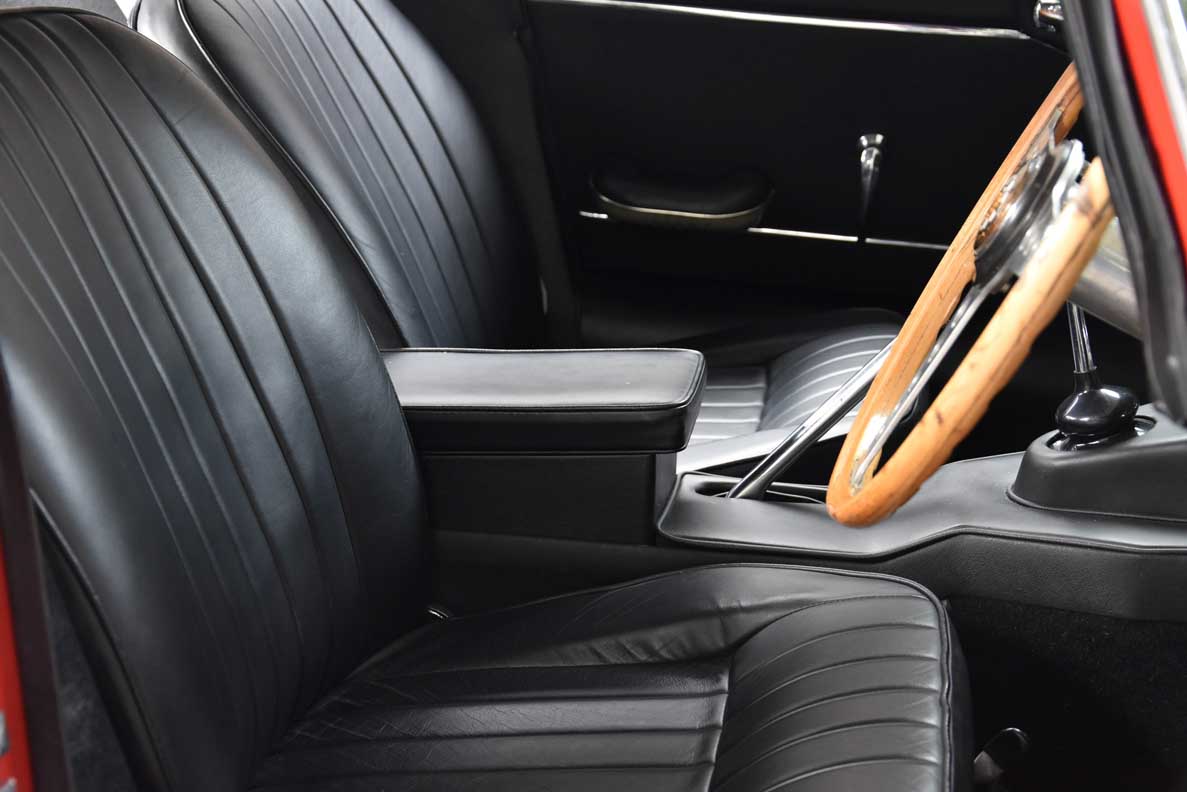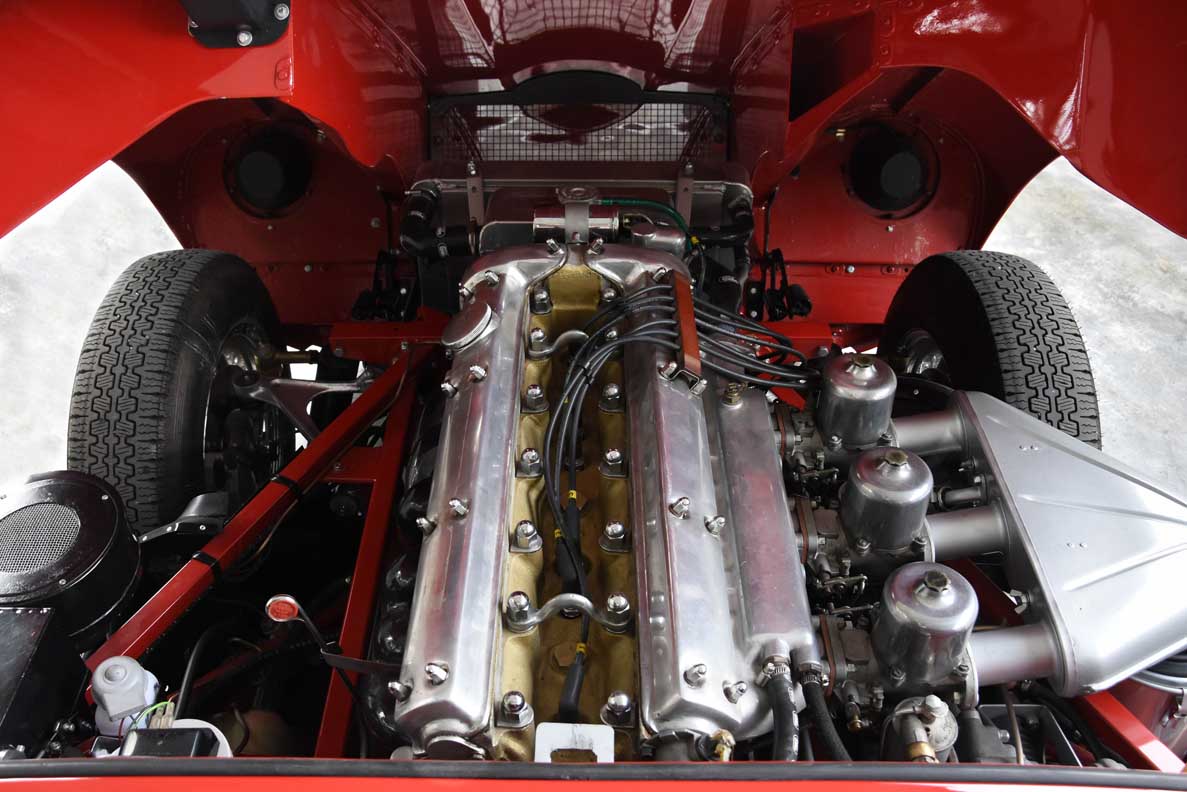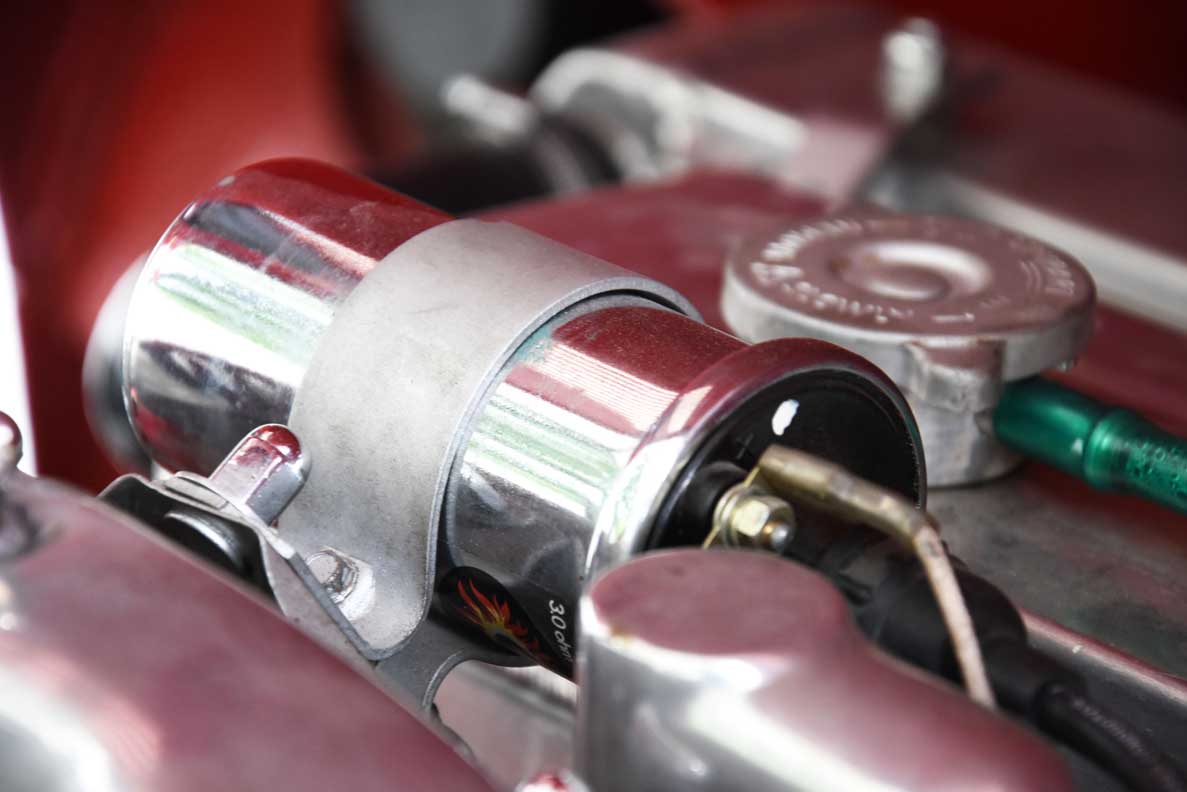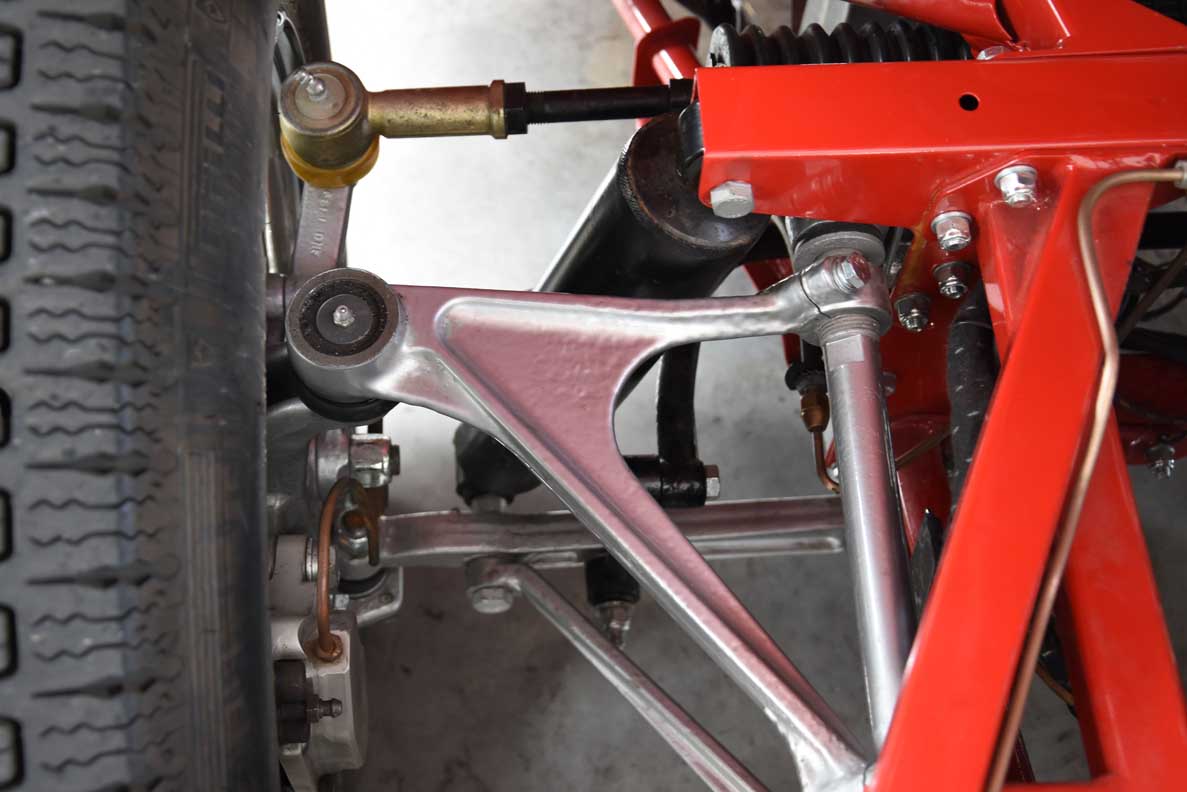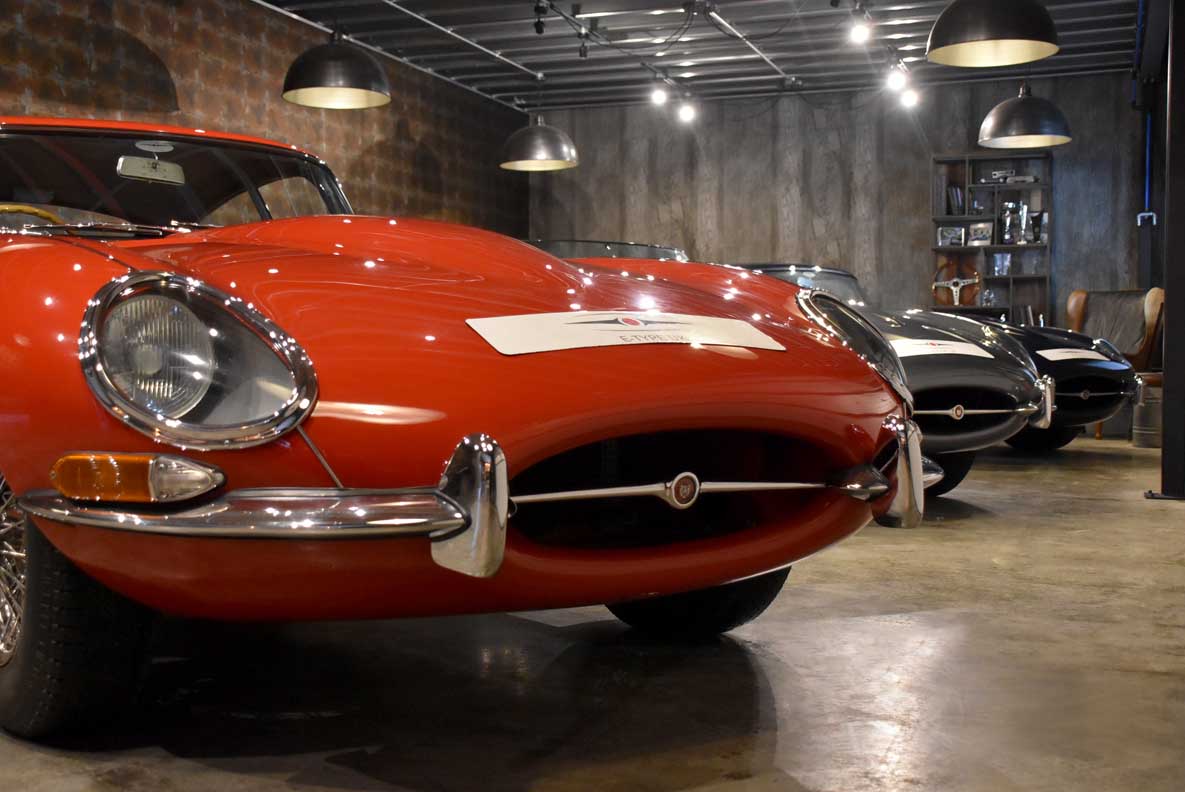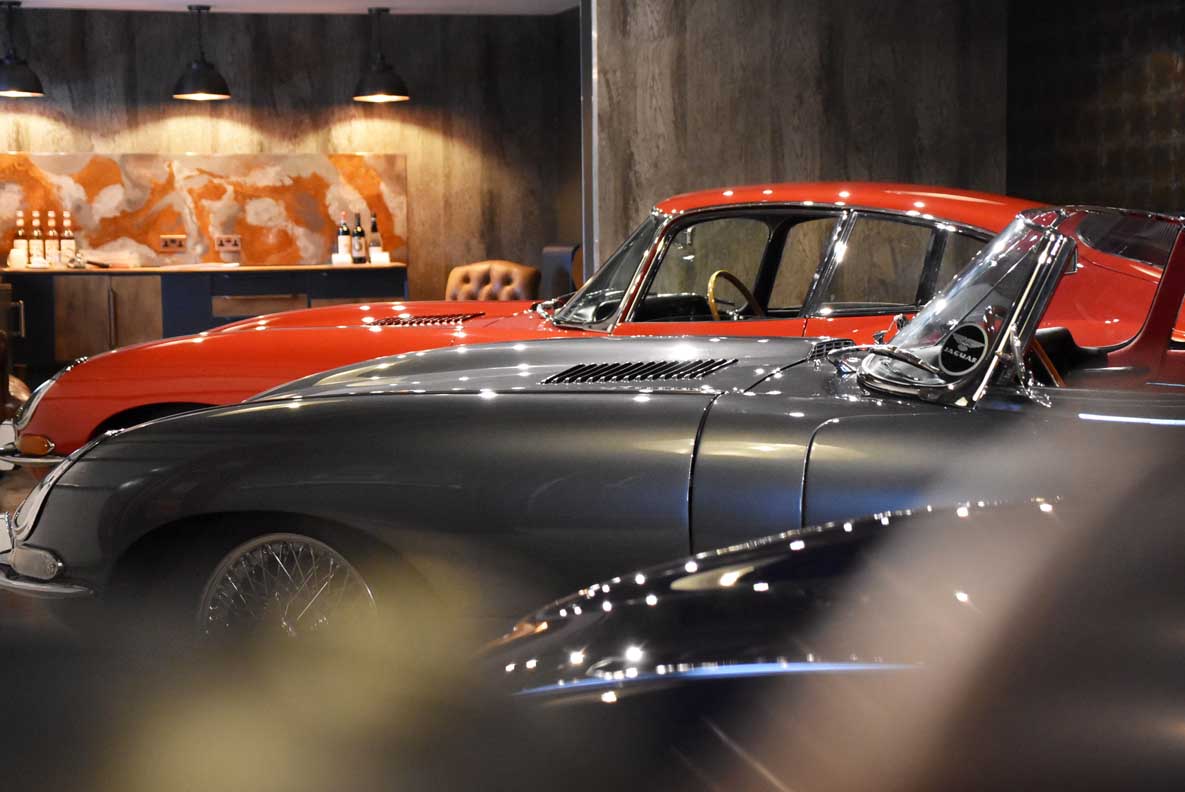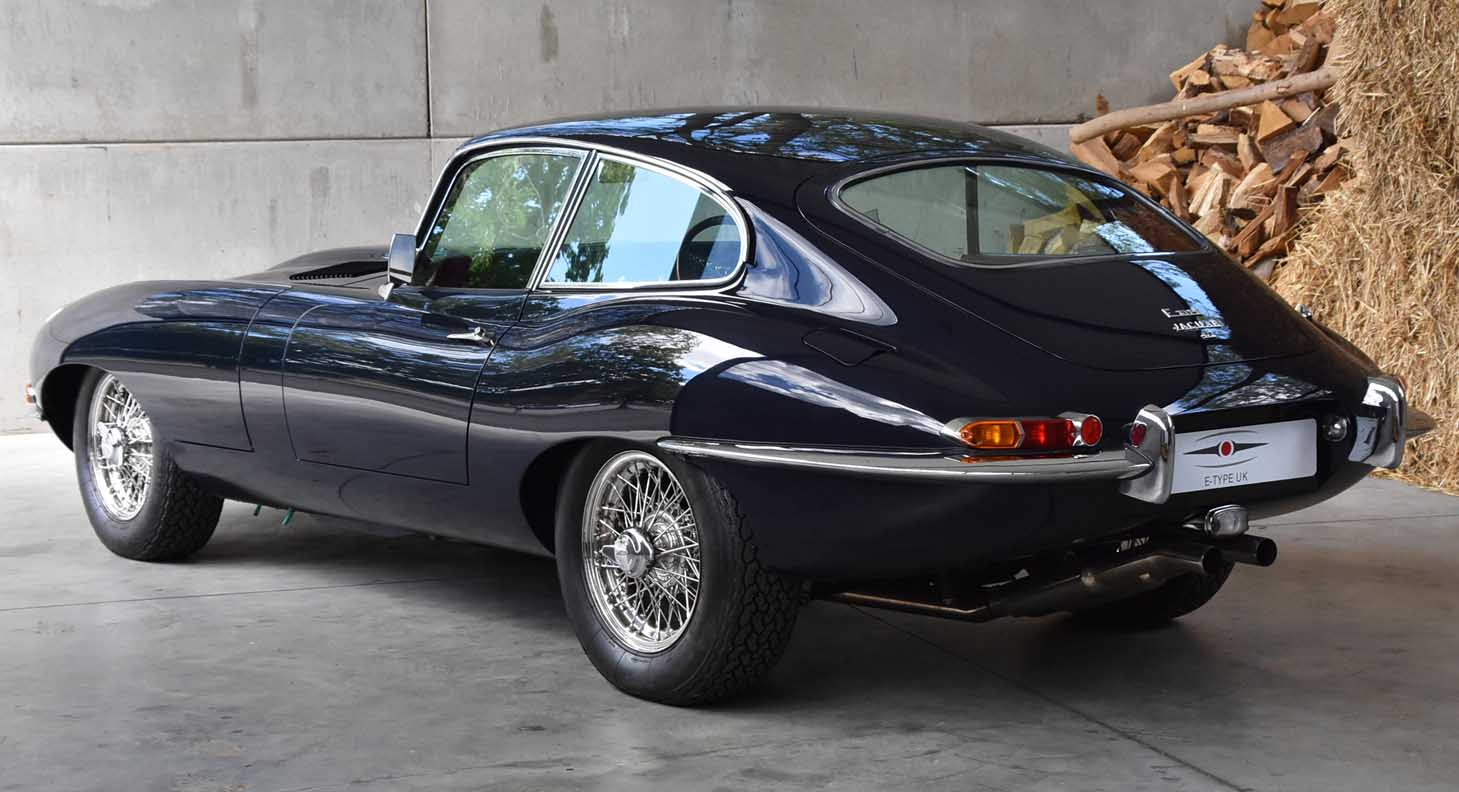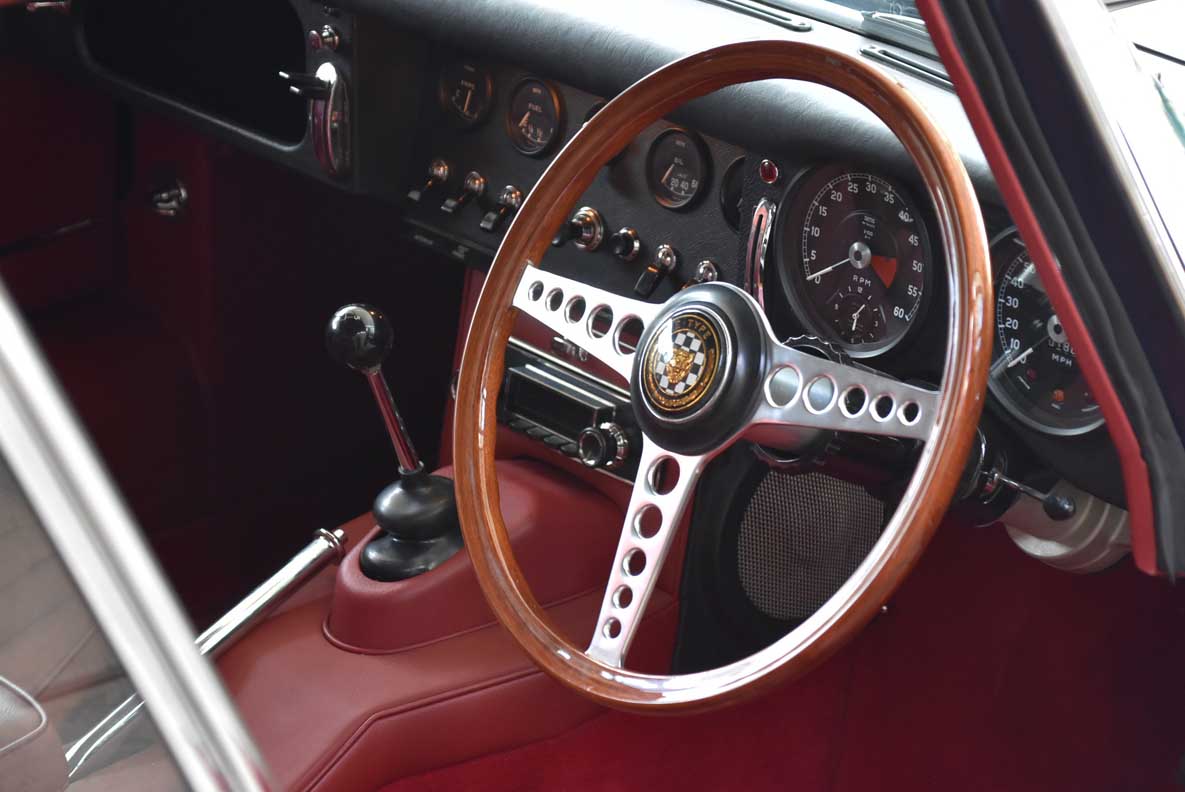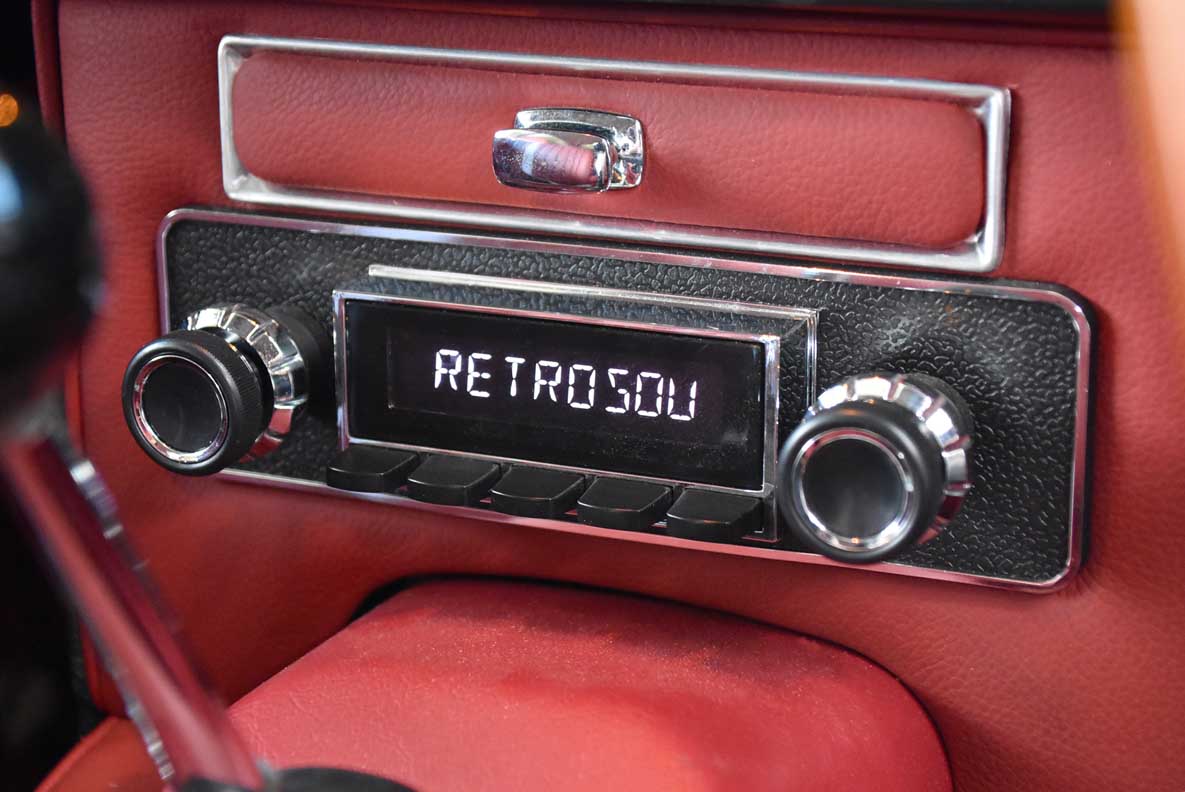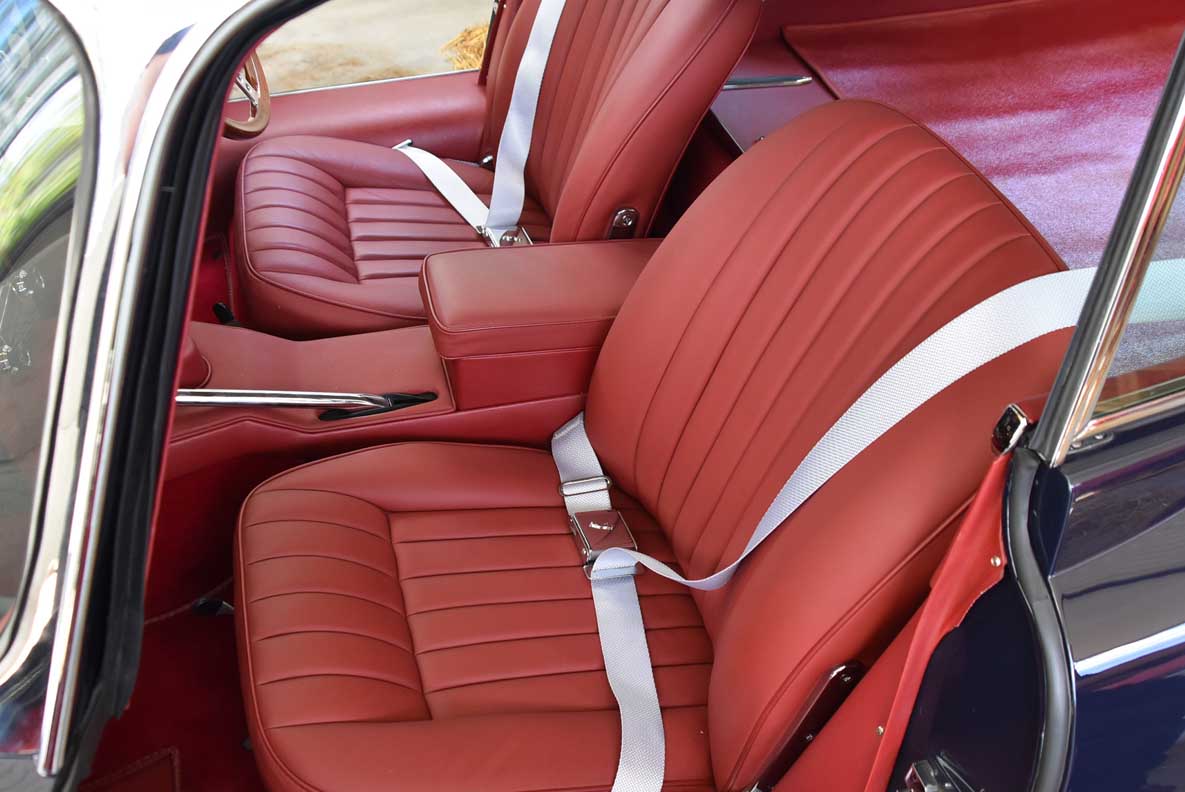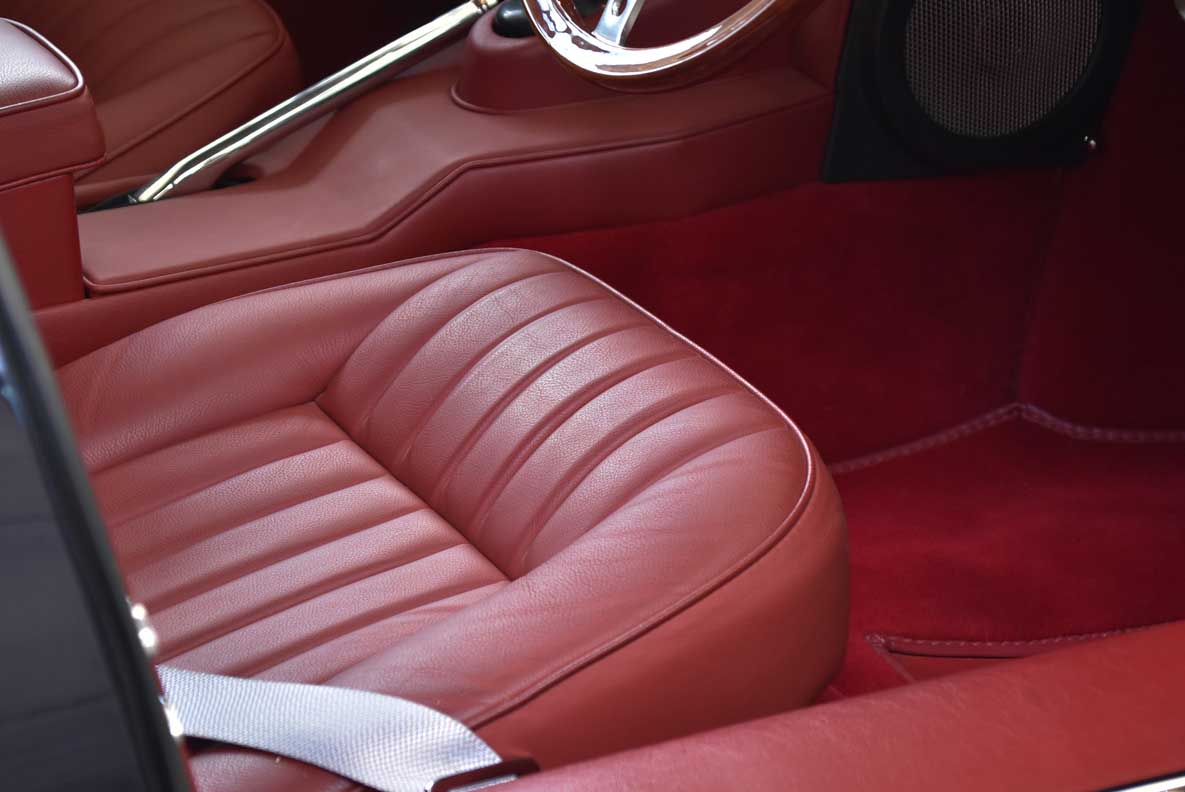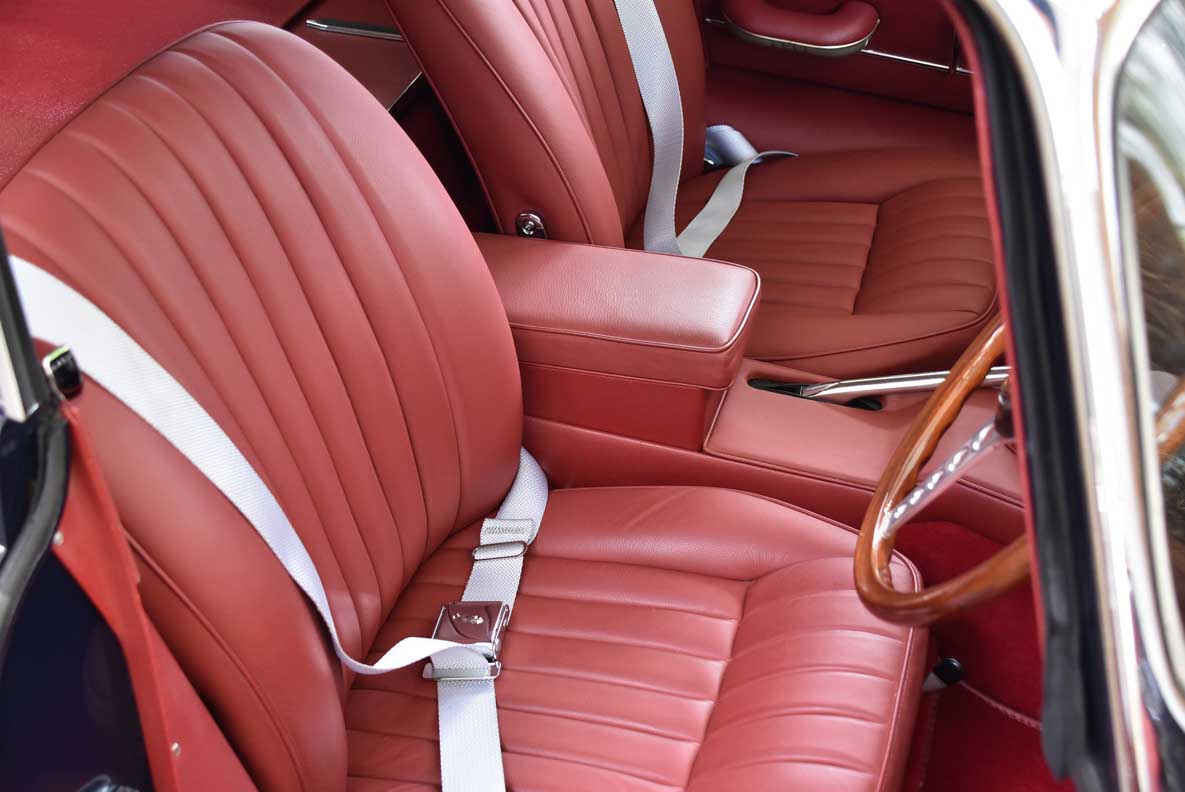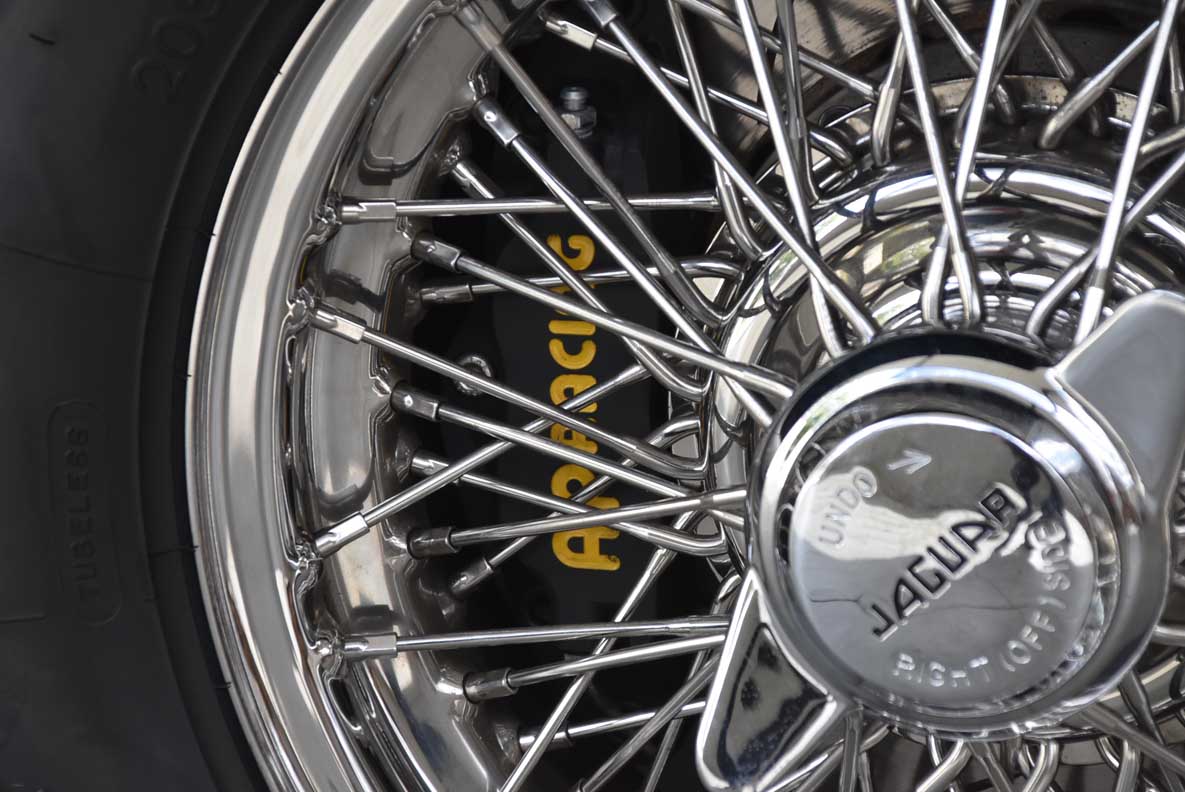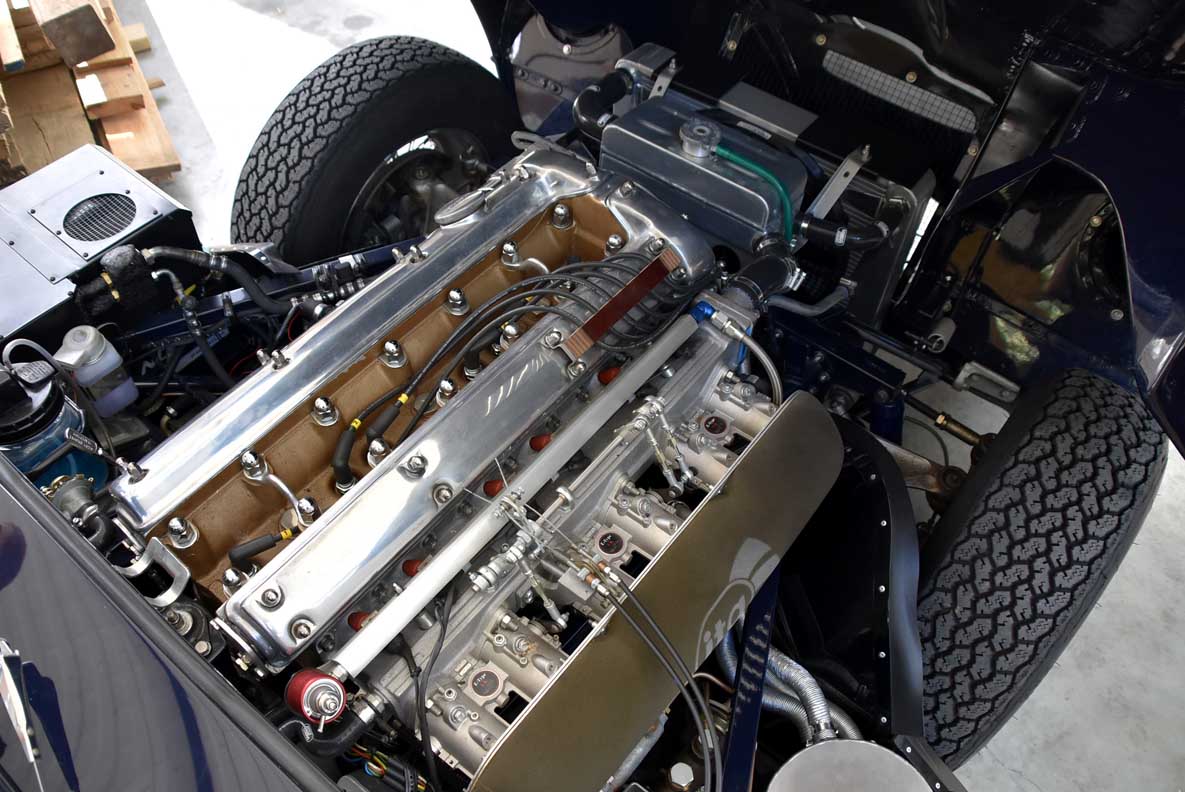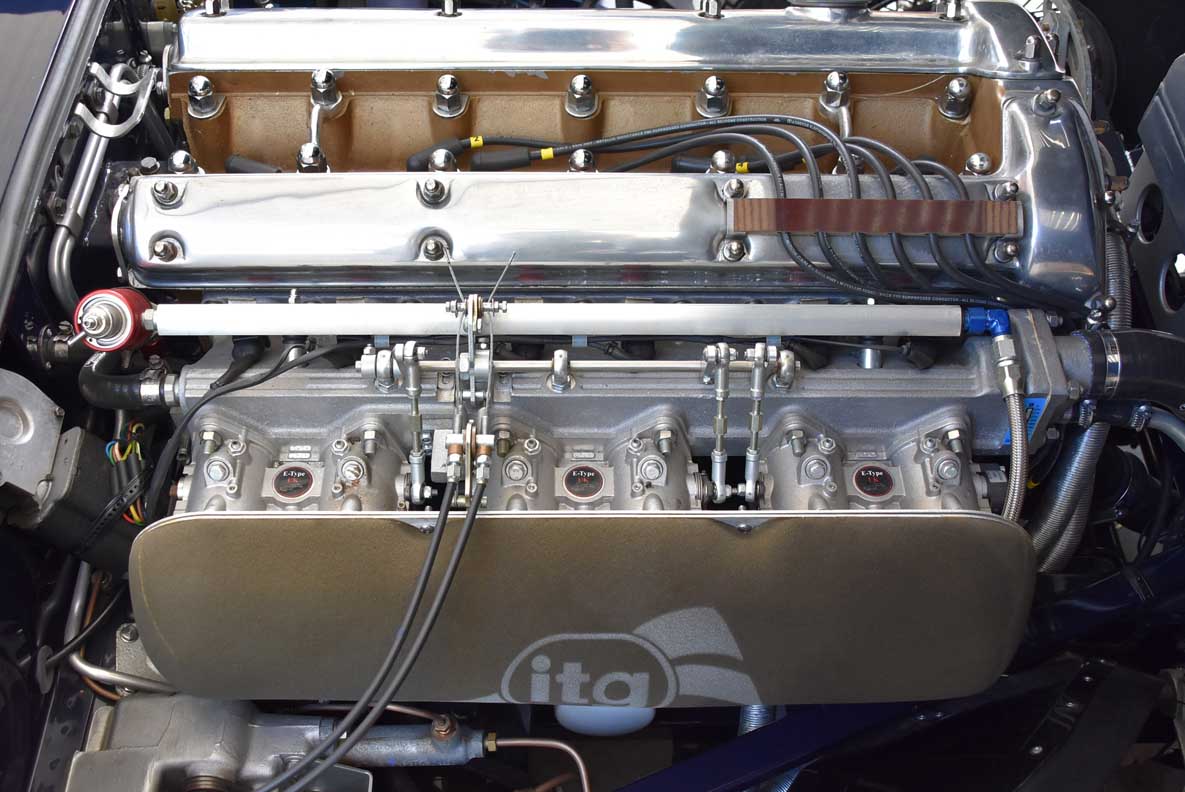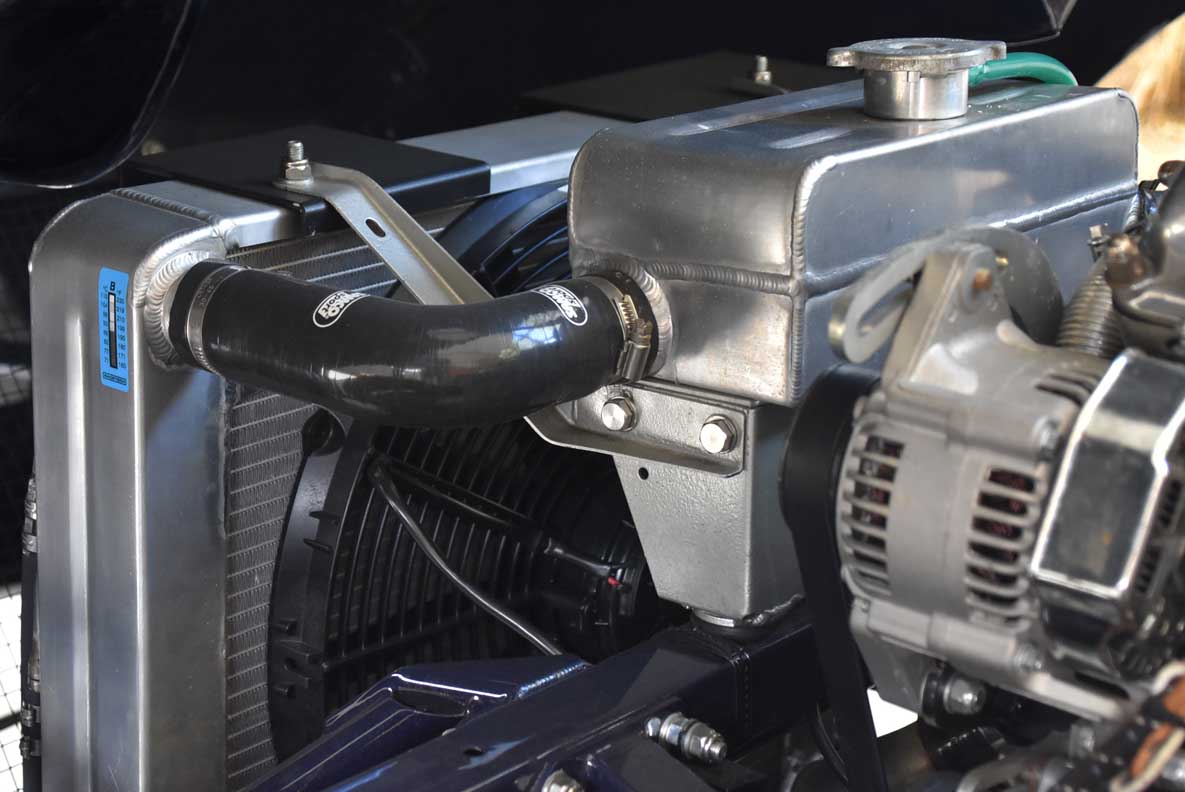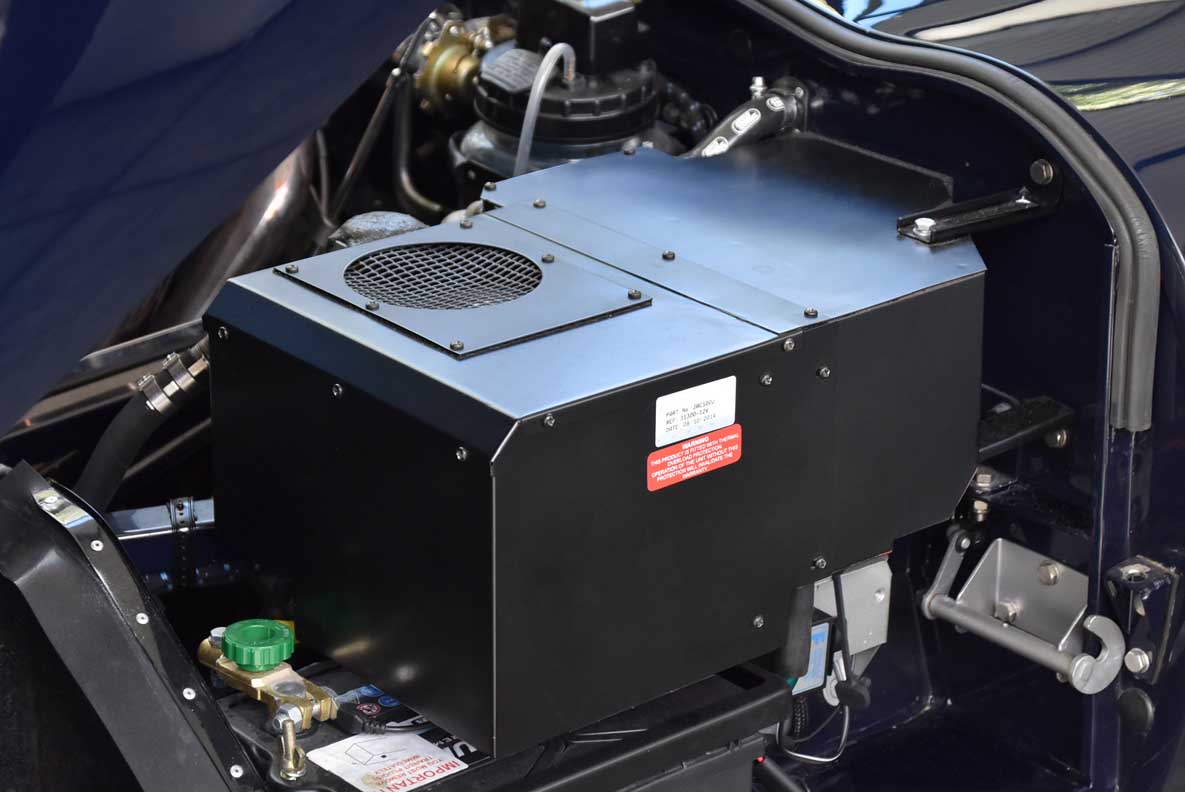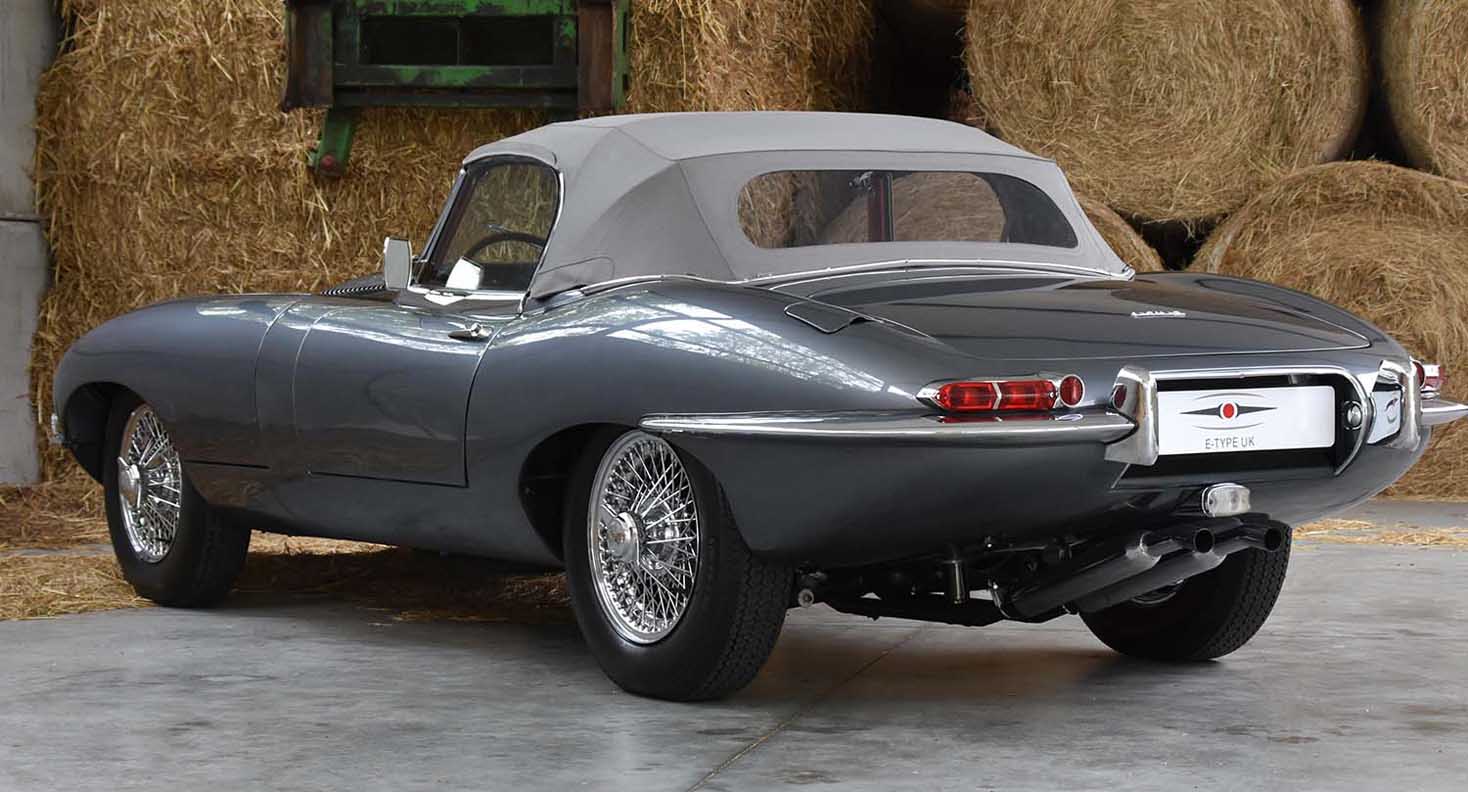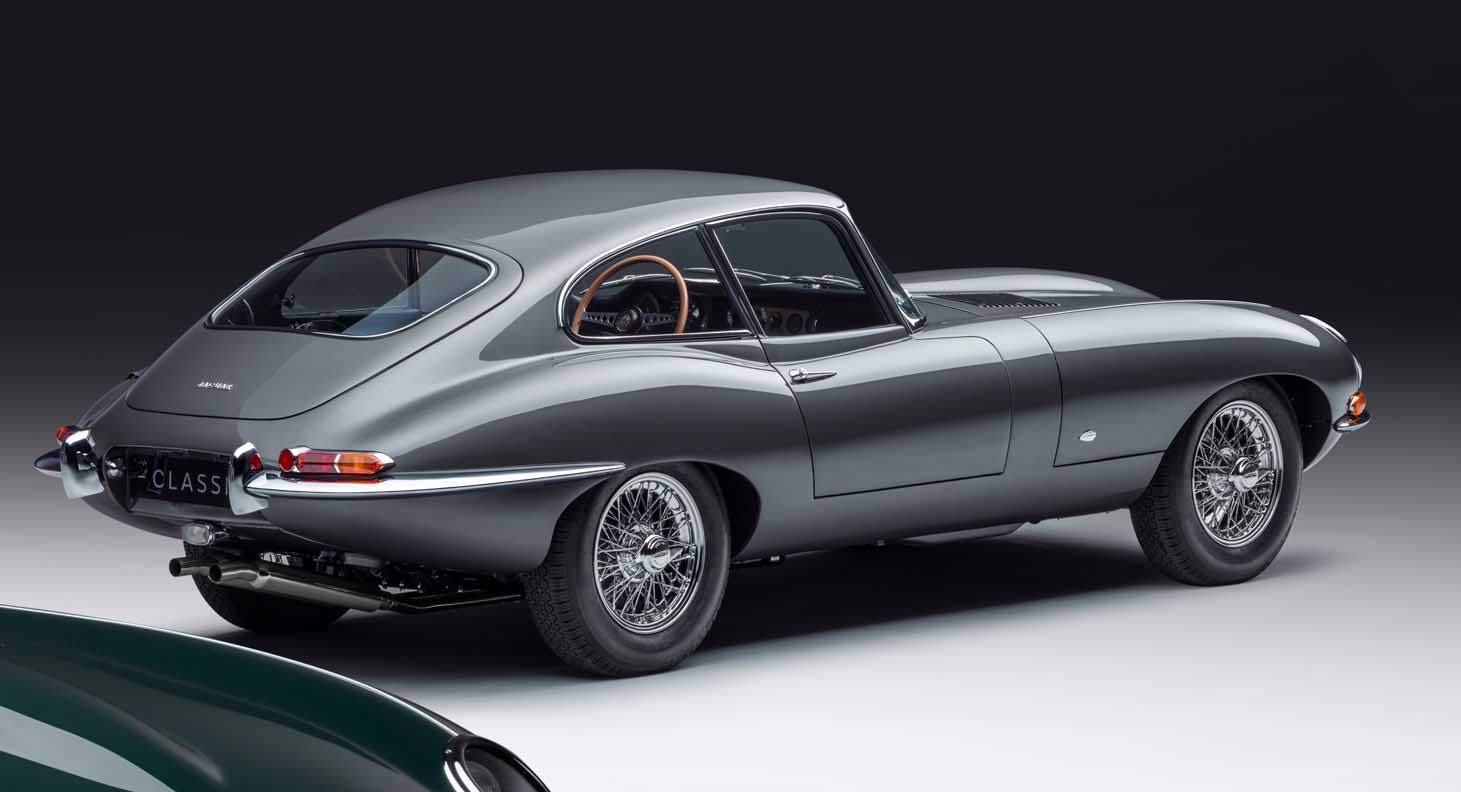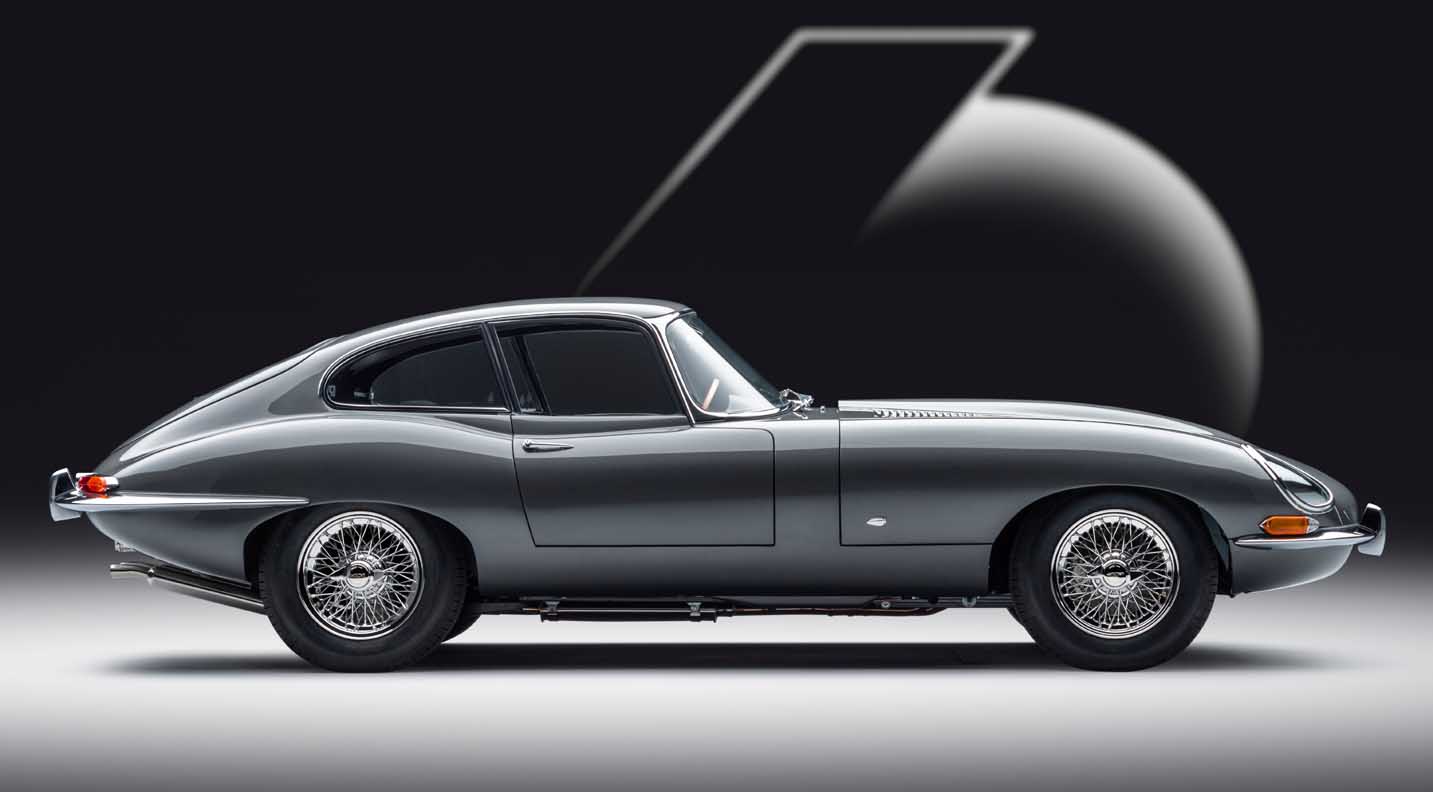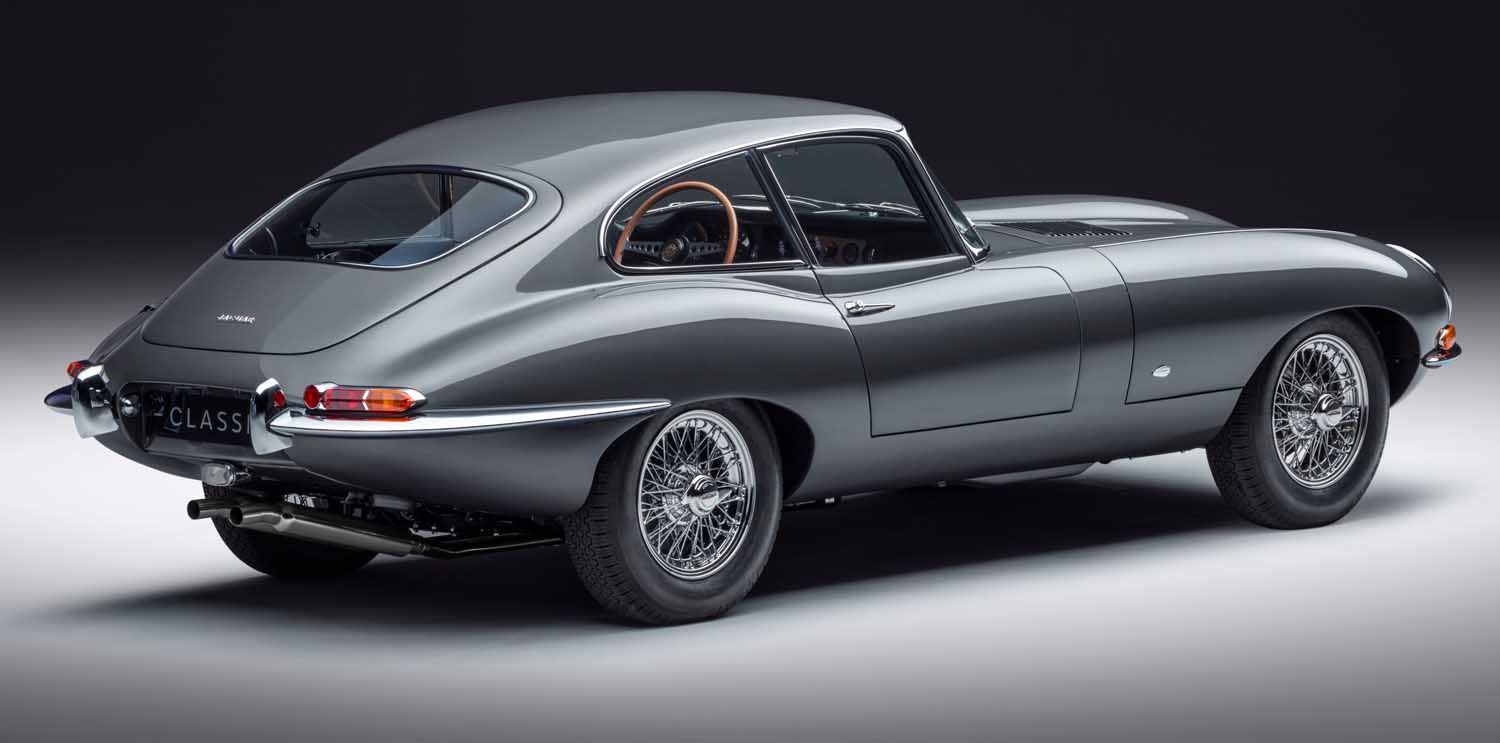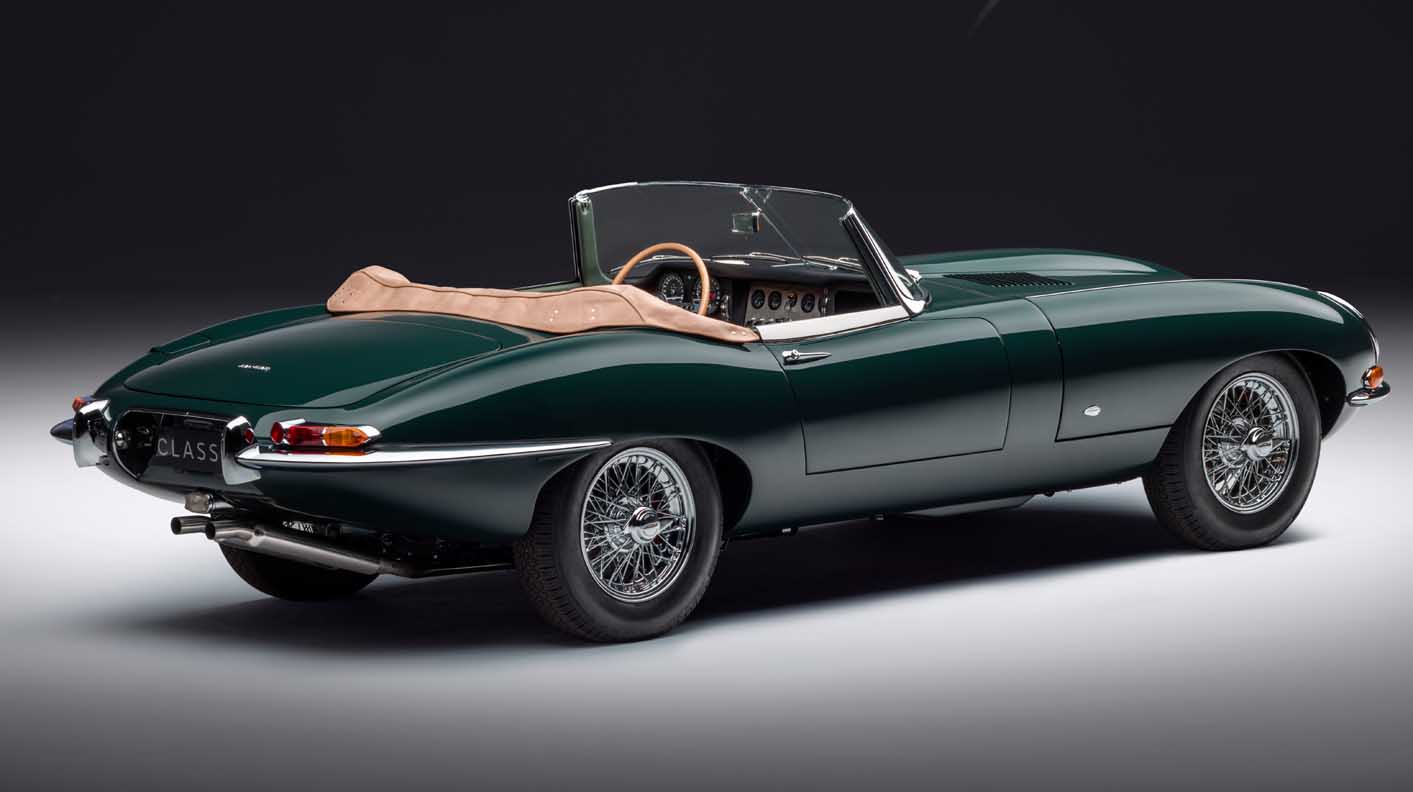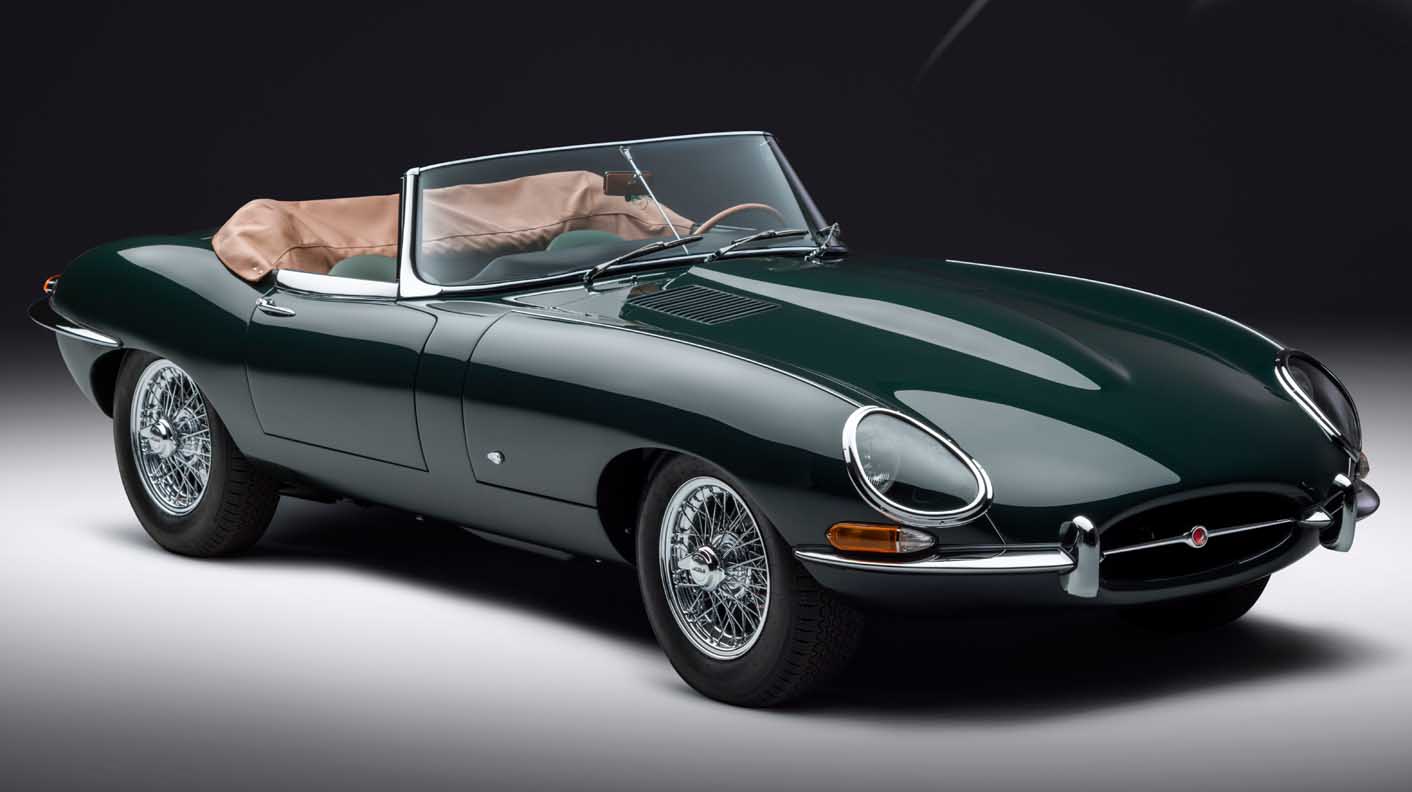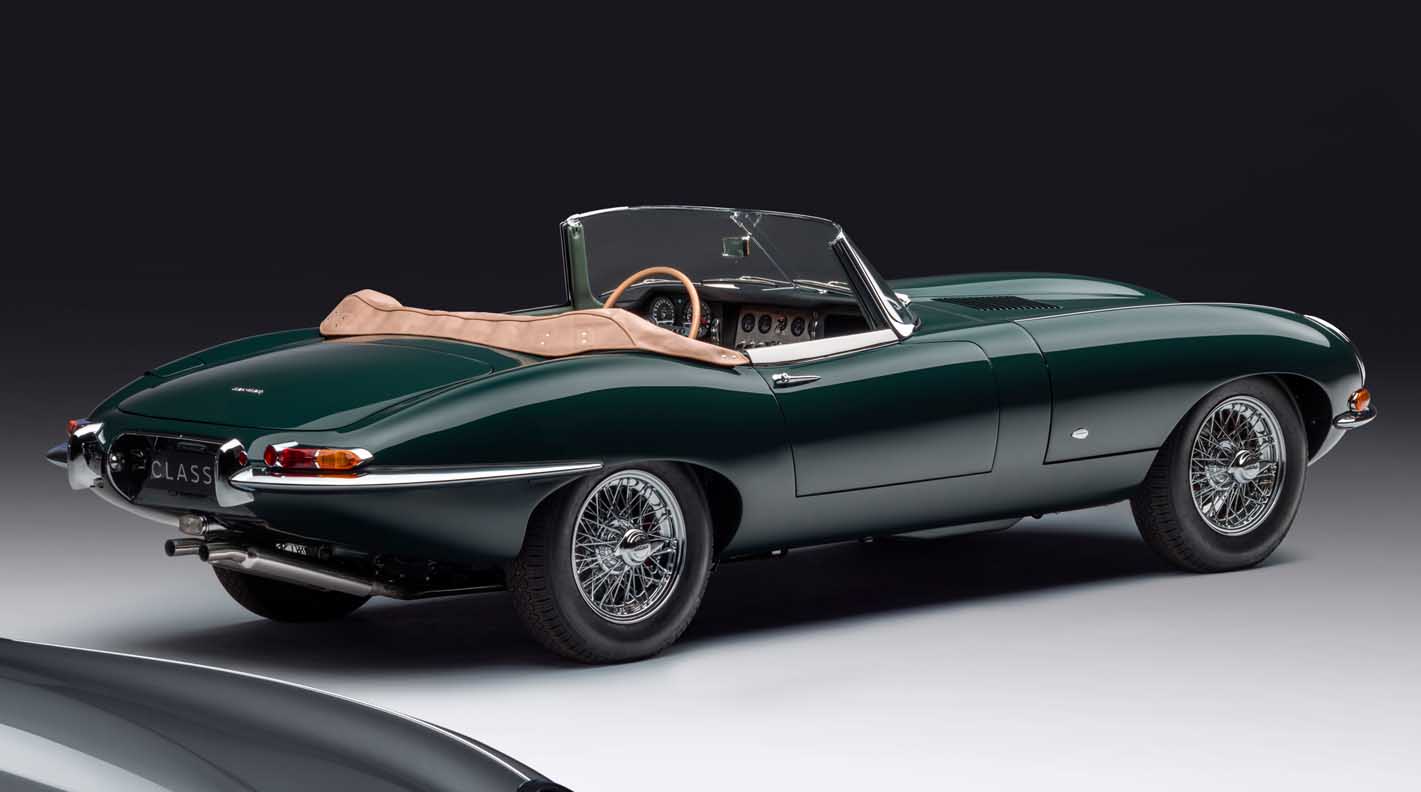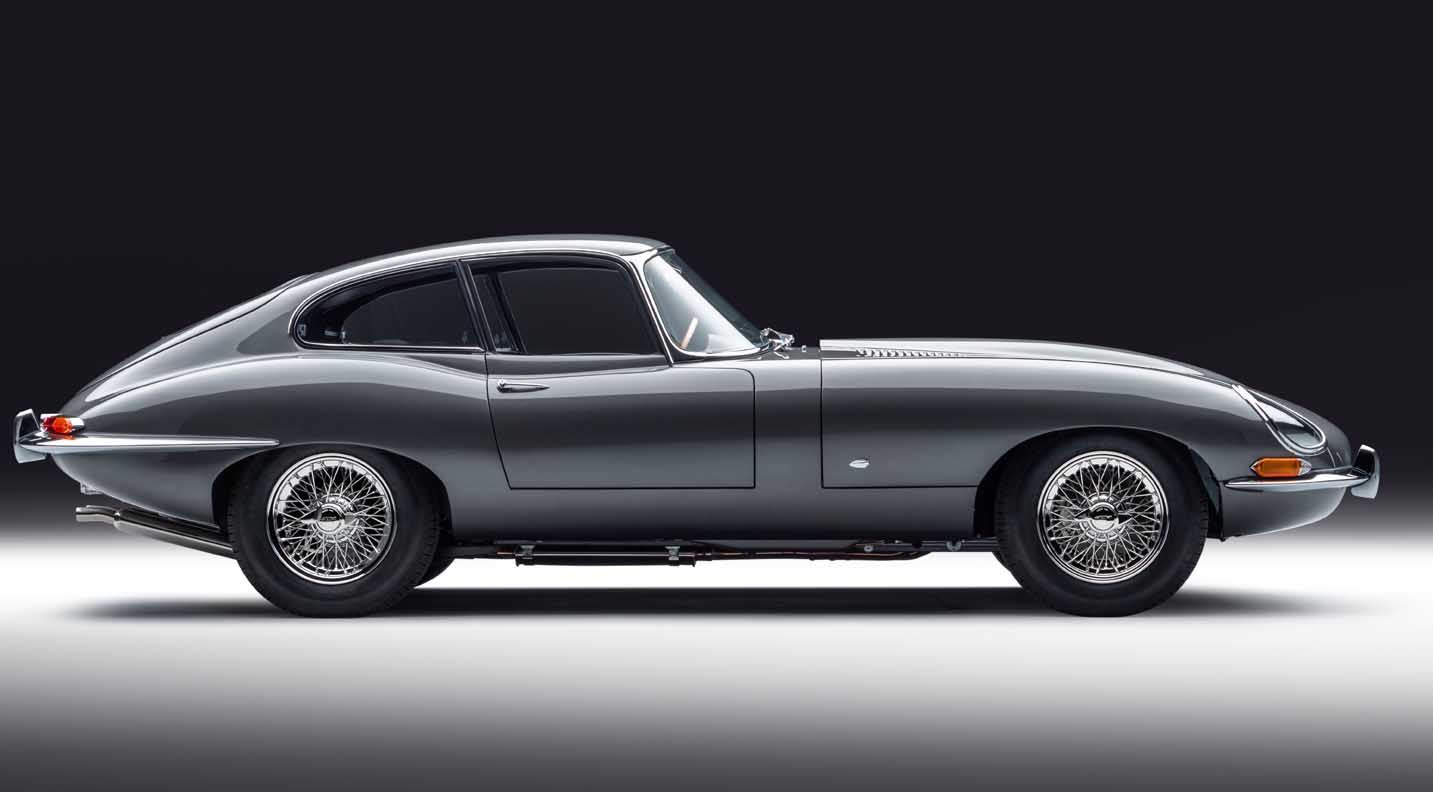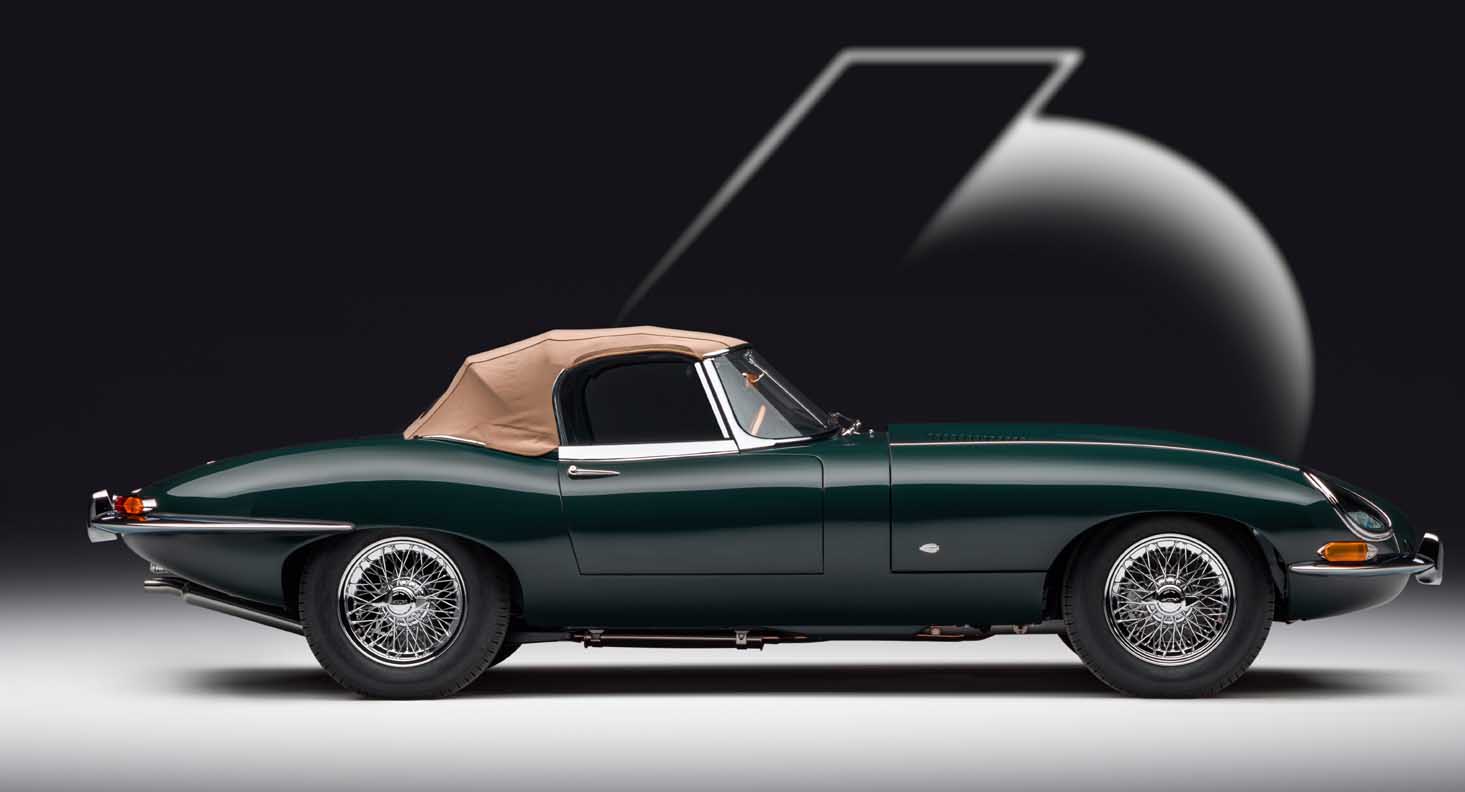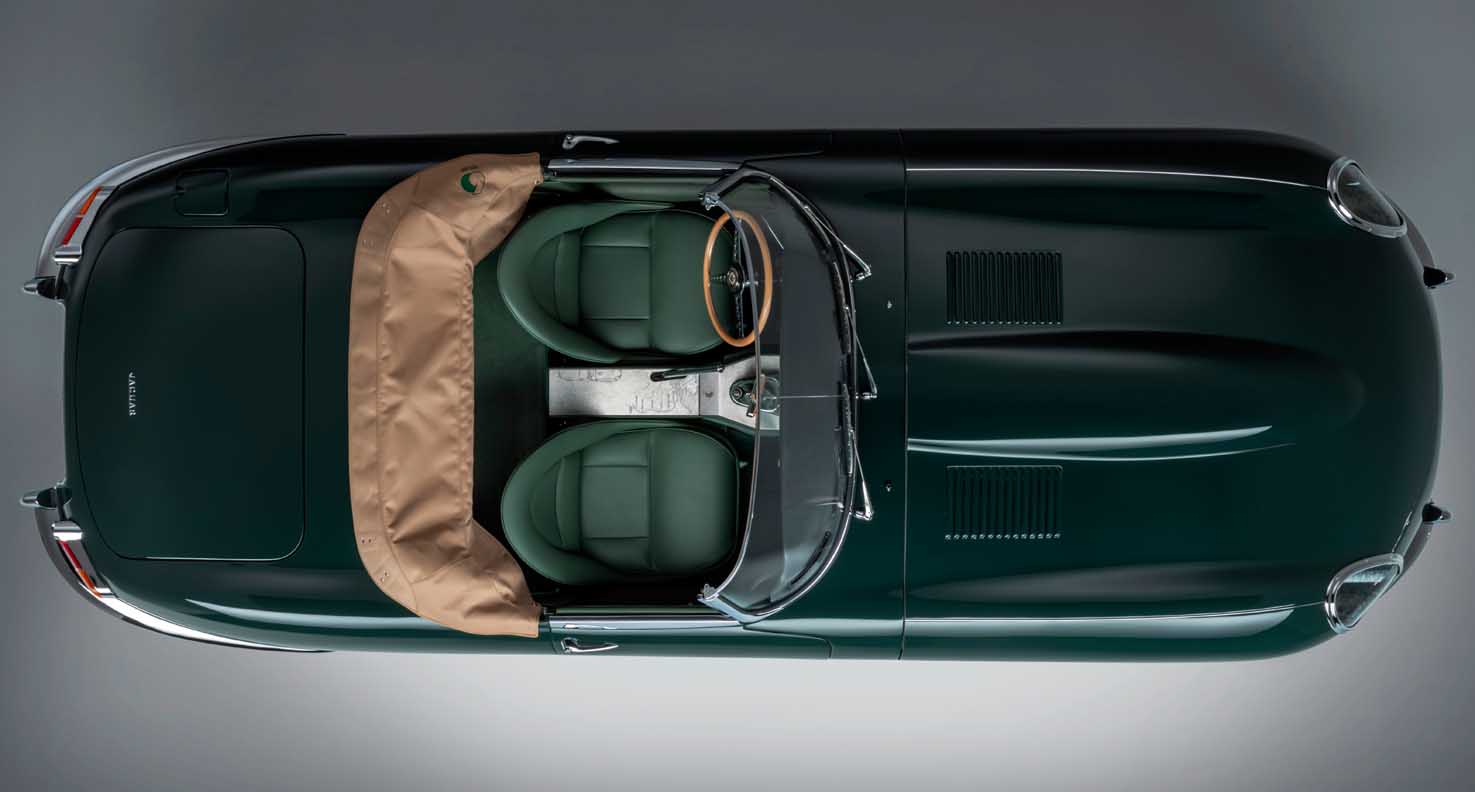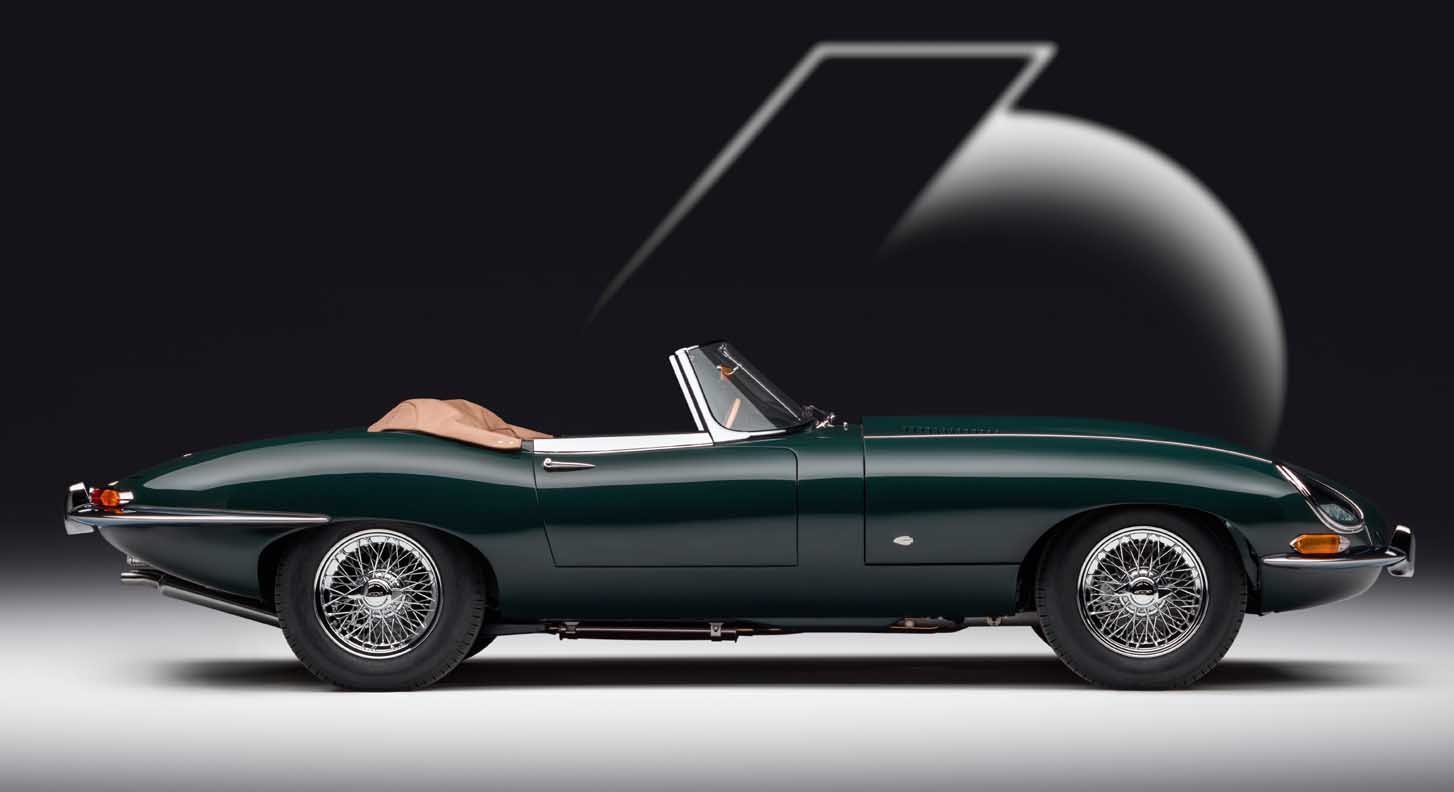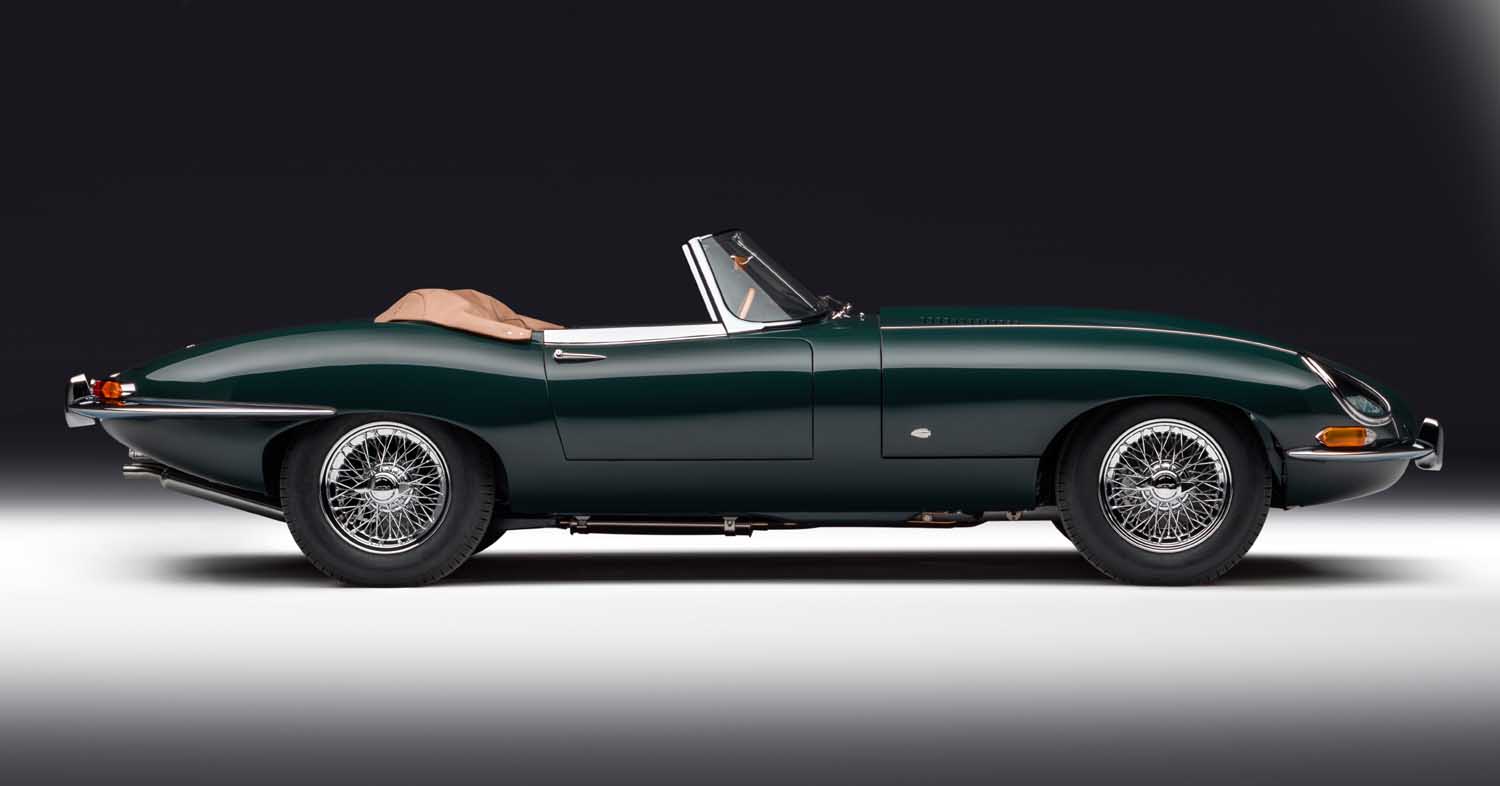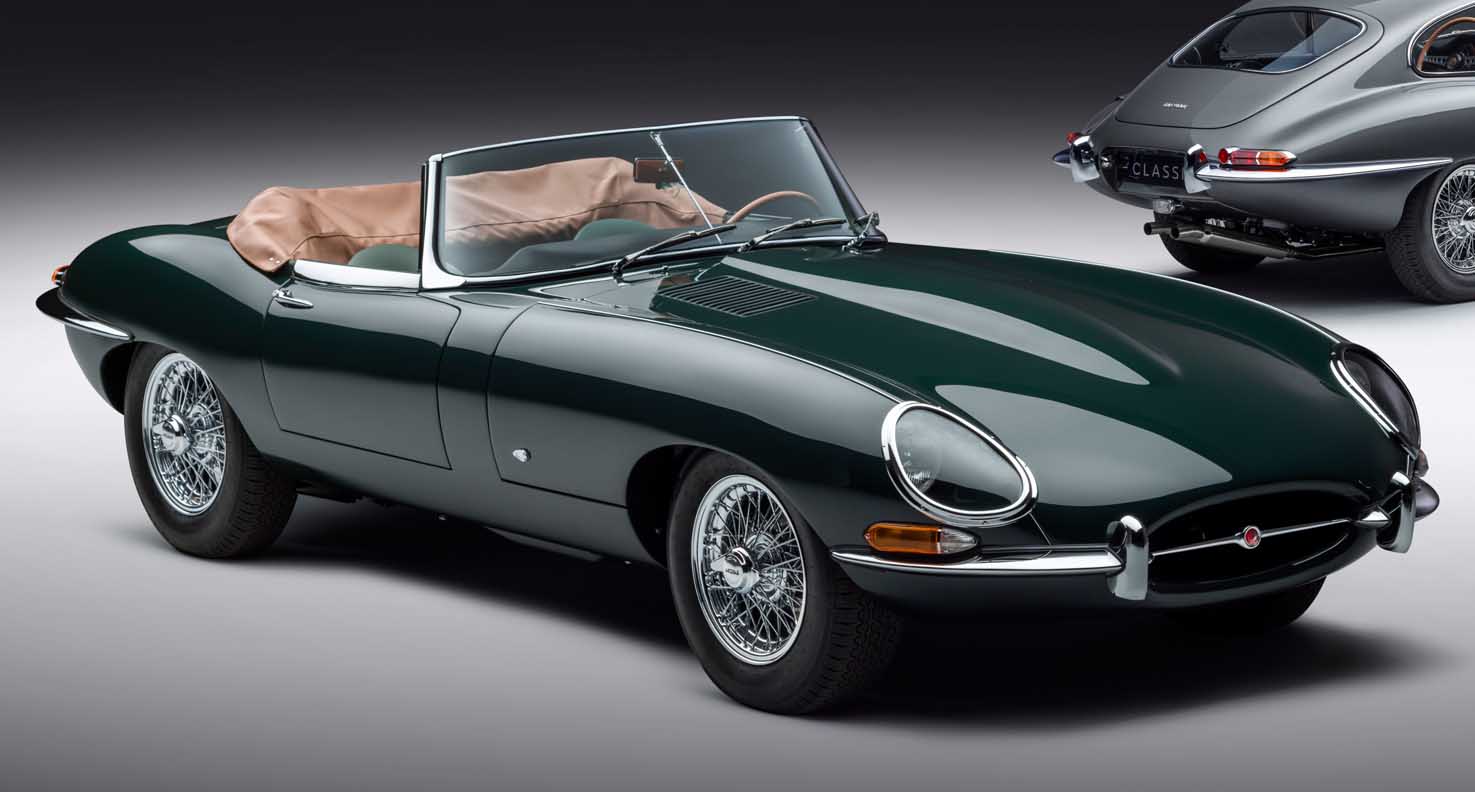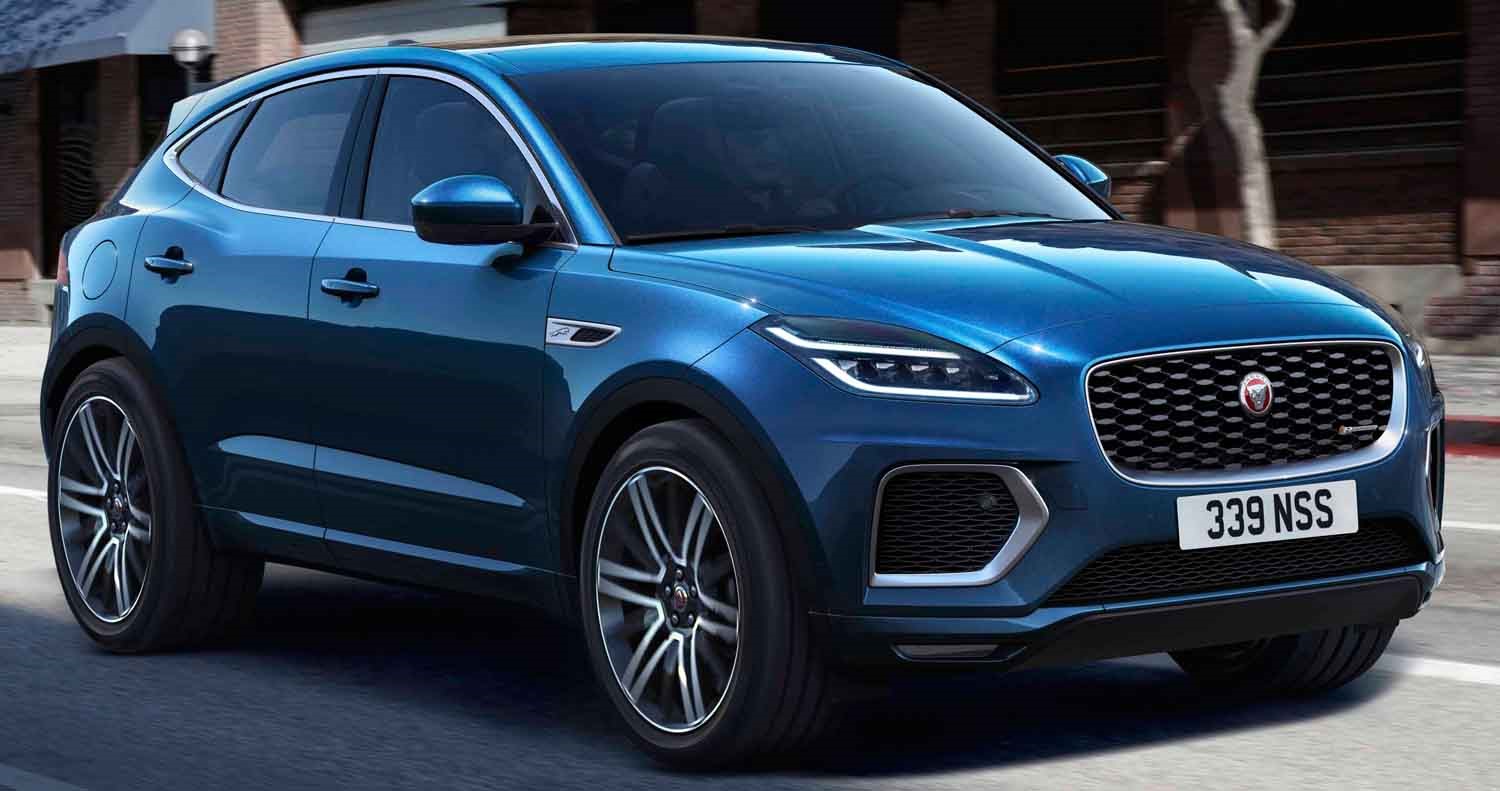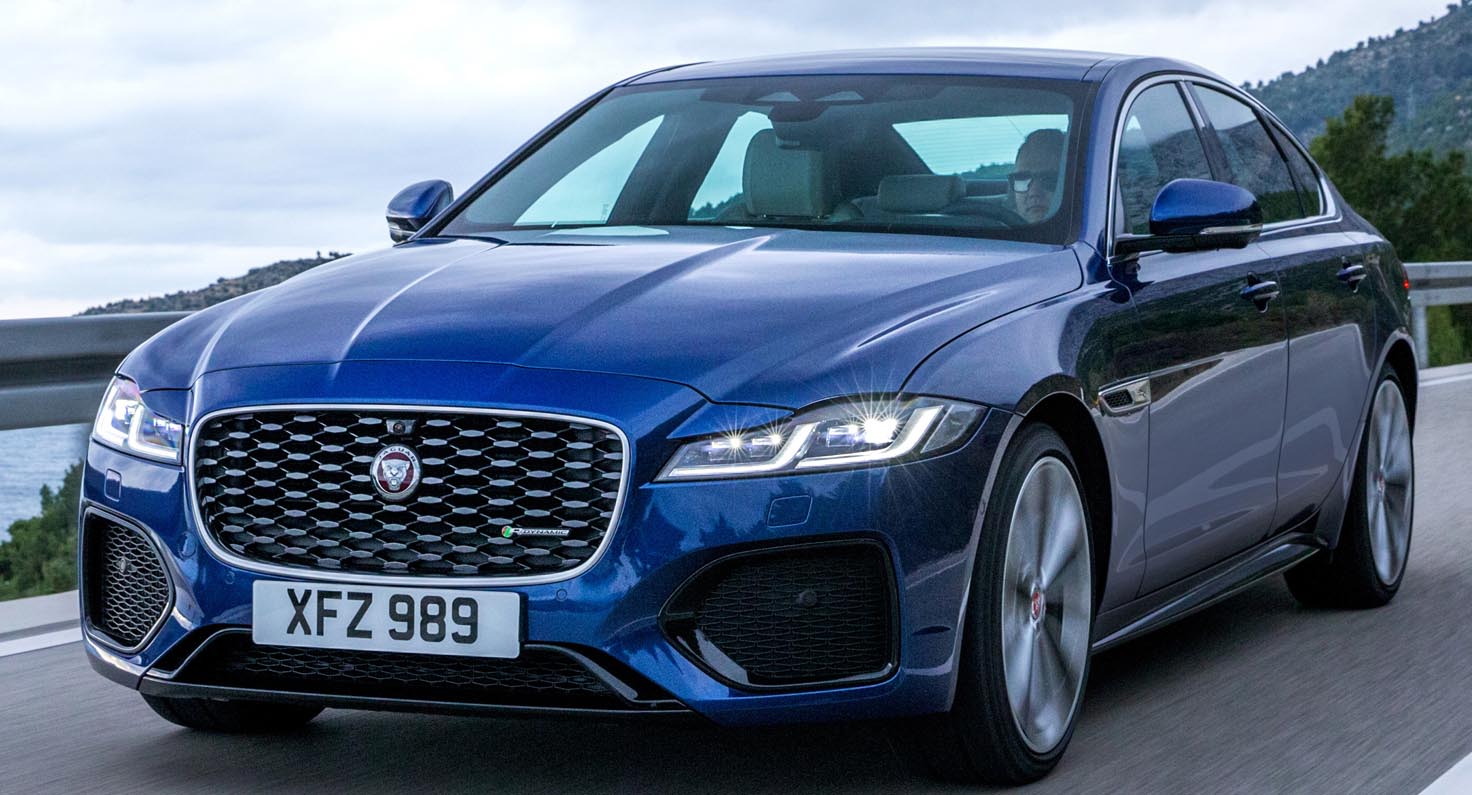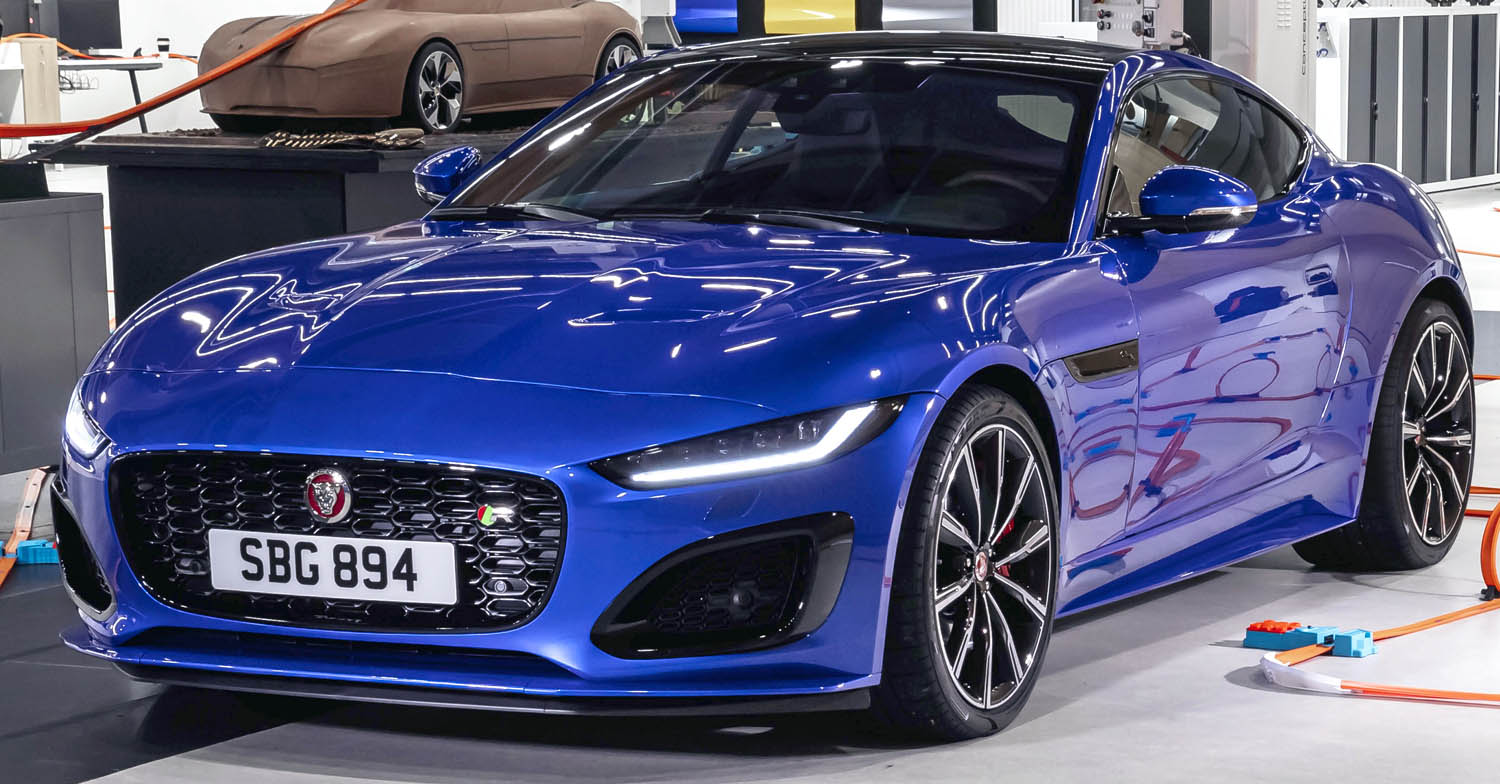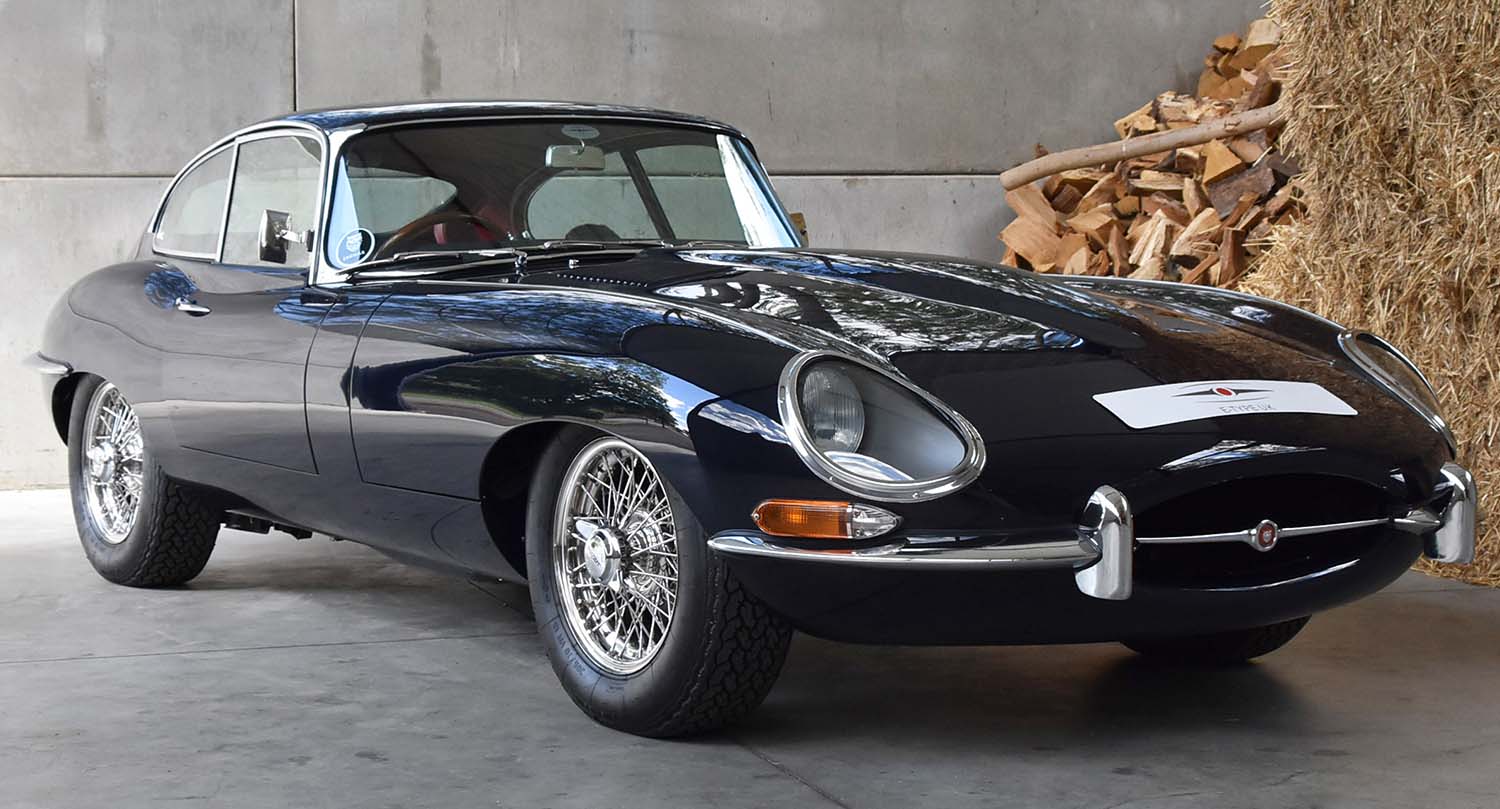
The Jaguar E-Type, often referred to as the XK-E in the United States, is a classic sports car that has captivated enthusiasts and car aficionados since its debut in 1961. With its stunning design, exceptional performance, and impressive legacy, the E-Type remains one of the most iconic and sought-after vehicles in automotive history.
Beginnings
The Jaguar E-Type was unveiled at the Geneva Motor Show in March 1961, and it instantly became a sensation. Its sleek and aerodynamic design, combined with exceptional performance and innovative engineering, set new standards in the automotive industry. Enzo Ferrari even described it as “the most beautiful car ever made.”

Timeline
1961-1975: Series 1
1961-1964: Series 1 3.8-Litre
- Engine: 3.8L Inline-6
- Power: 265 hp (197 kW)
- Top Speed: 150 mph (241 km/h)
- 0-60 mph: 6.9 seconds (0-100 km/h in 7.0 seconds)
1965-1967: Series 1 4.2-Litre
- Engine: 4.2L Inline-6
- Power: 265 hp (197 kW)
- Top Speed: 150 mph (241 km/h)
- 0-60 mph: 6.5 seconds (0-100 km/h in 6.6 seconds)
1968-1971: Series 2
- Engine: 4.2L Inline-6
- Power: 246 hp (183 kW)
- Top Speed: 150 mph (241 km/h)
- 0-60 mph: 7.0 seconds (0-100 km/h in 7.1 seconds)
1971-1975: Series 3
- Engine: 5.3L V12
- Power: 272 hp (203 kW)
- Top Speed: 150 mph (241 km/h)
- 0-60 mph: 6.4 seconds (0-100 km/h in 6.5 seconds)

Models
Series 1
Fixed Head Coupe (FHC)
The FHC was the most popular model of the Series 1, featuring a sleek roofline and a comfortable interior.
Roadster
The Roadster was the convertible version of the Series 1, offering an open-air driving experience with the same powerful engine and performance.
2+2
The 2+2 was a 2-door coupe with a slightly longer wheelbase to accommodate two small rear seats, making it more practical for families.
Series 2
Fixed Head Coupe (FHC)
Similar to the Series 1 FHC but with some design changes to the front grille and lights.
Roadster
The Series 2 Roadster also underwent some design changes, including the removal of the glass headlight covers.
2+2
The 2+2 remained largely unchanged from the Series 1, offering a more spacious interior.
Series 3
2+2
The Series 3 was only available as a 2+2, featuring a powerful V12 engine and modernized design elements.
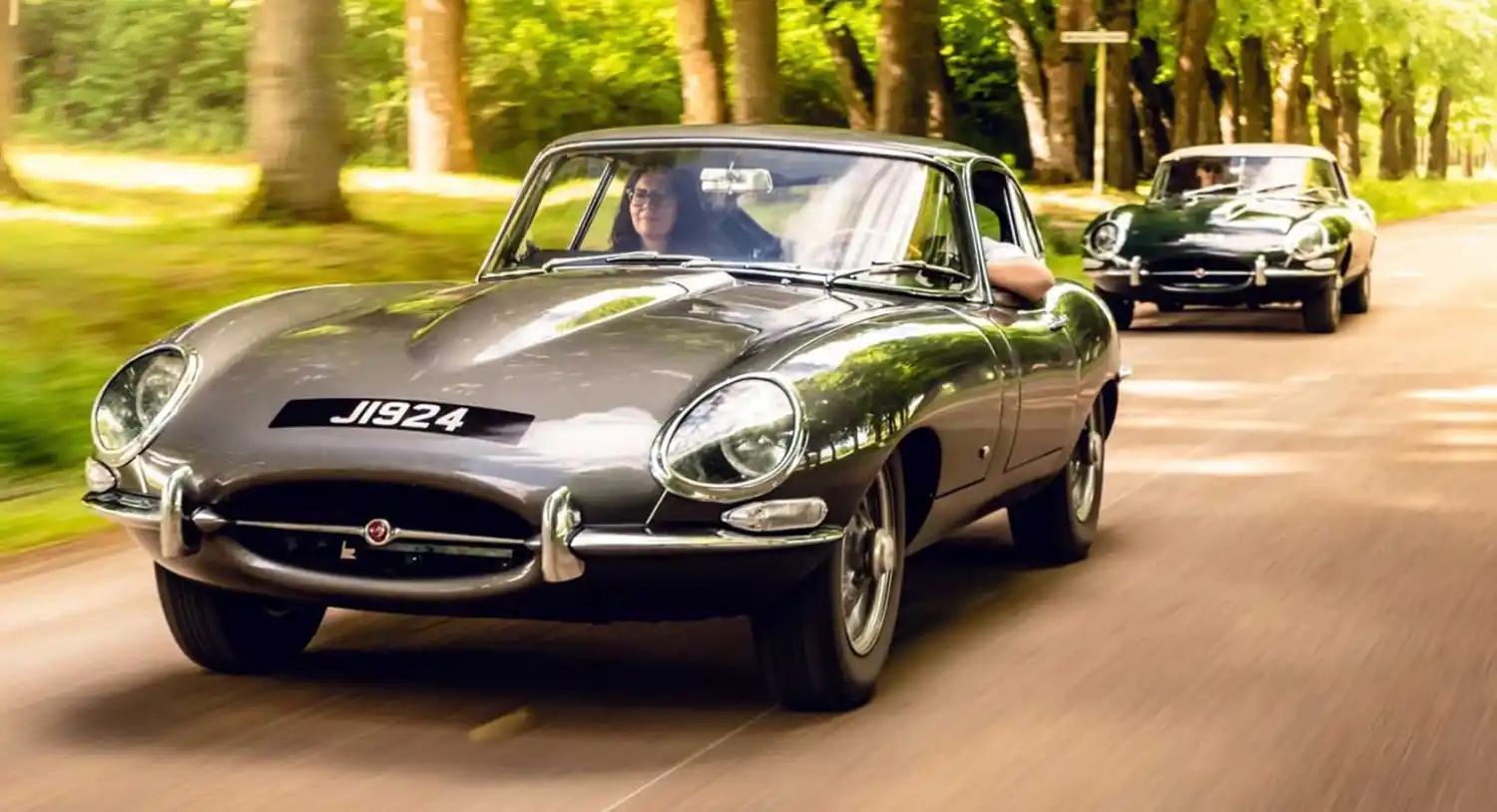
Performance Numbers
Series 1 3.8-Litre
- Top Speed: 150 mph (241 km/h)
- 0-60 mph: 6.9 seconds (0-100 km/h in 7.0 seconds)
- Power: 265 hp (197 kW)
Series 1 4.2-Litre
- Top Speed: 150 mph (241 km/h)
- 0-60 mph: 6.5 seconds (0-100 km/h in 6.6 seconds)
- Power: 265 hp (197 kW)
Series 2
- Top Speed: 150 mph (241 km/h)
- 0-60 mph: 7.0 seconds (0-100 km/h in 7.1 seconds)
- Power: 246 hp (183 kW)
Series 3
- Top Speed: 150 mph (241 km/h)
- 0-60 mph: 6.4 seconds (0-100 km/h in 6.5 seconds)
- Power: 272 hp (203 kW)
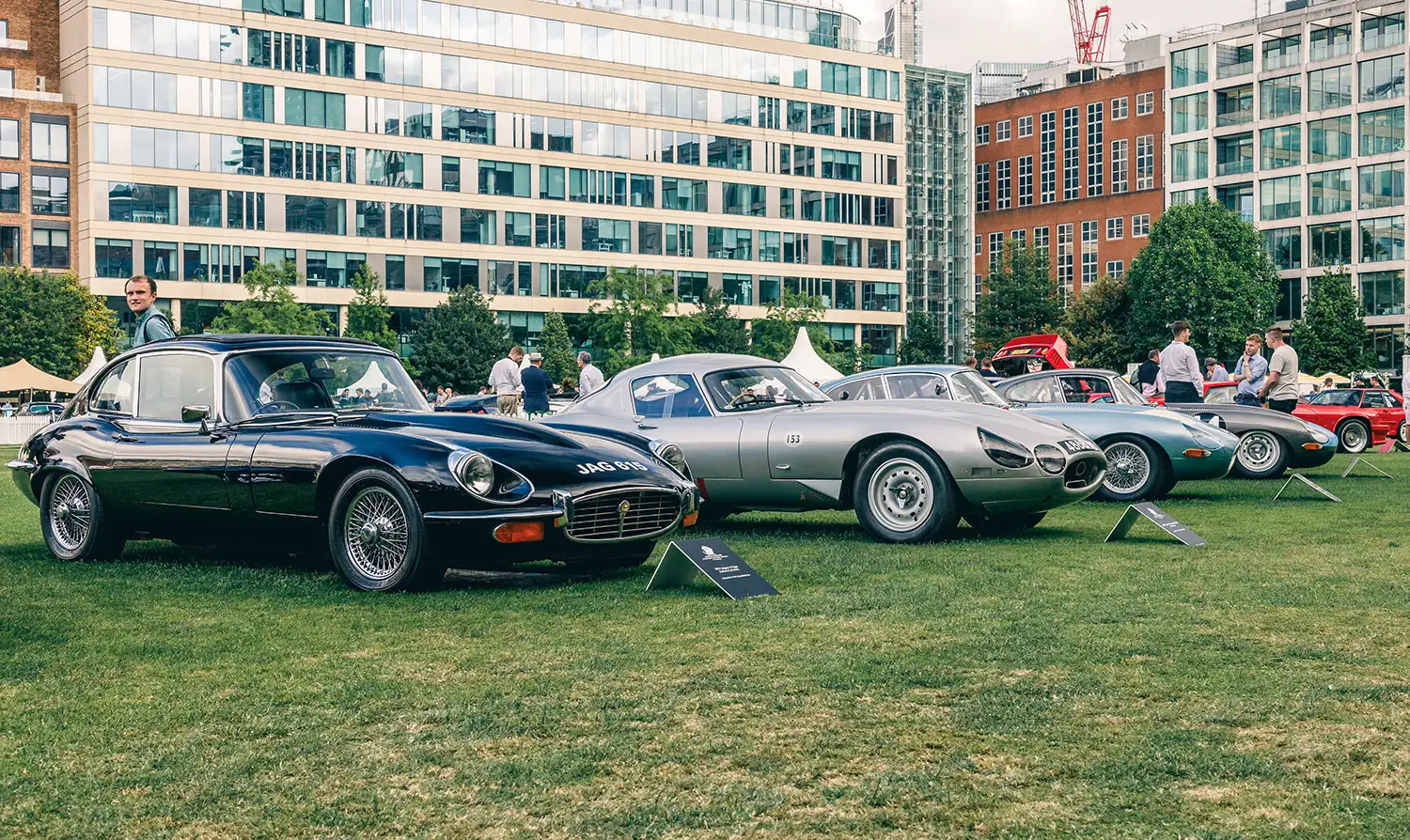
Conclusion
The Jaguar E-Type is not just a car; it’s a symbol of automotive excellence, with each series and model offering unique features and performance capabilities. From the Series 1’s iconic design to the Series 3’s powerful V12 engine, the E-Type continues to be a coveted classic among collectors and enthusiasts alike. Its timeless beauty, exceptional performance, and rich history ensure that the Jaguar E-Type will remain an automotive icon for generations to come.
This article uses material from Chatgpt
